site search
online catalog
U.S. 1834 OFFICER’S SWORD OF MAJOR R.M. KIRBY U.S. ARMY WITH 6th PLATE AMBROTYPE BY REES OF SON JOSEPH L.S. KIRBY AS C.S. ARMY 2nd LIEUTENANT WITH THIS VERY SWORD, PART OF AN EXTENSIVE FAMILY ARCHIVE

Hover to zoom

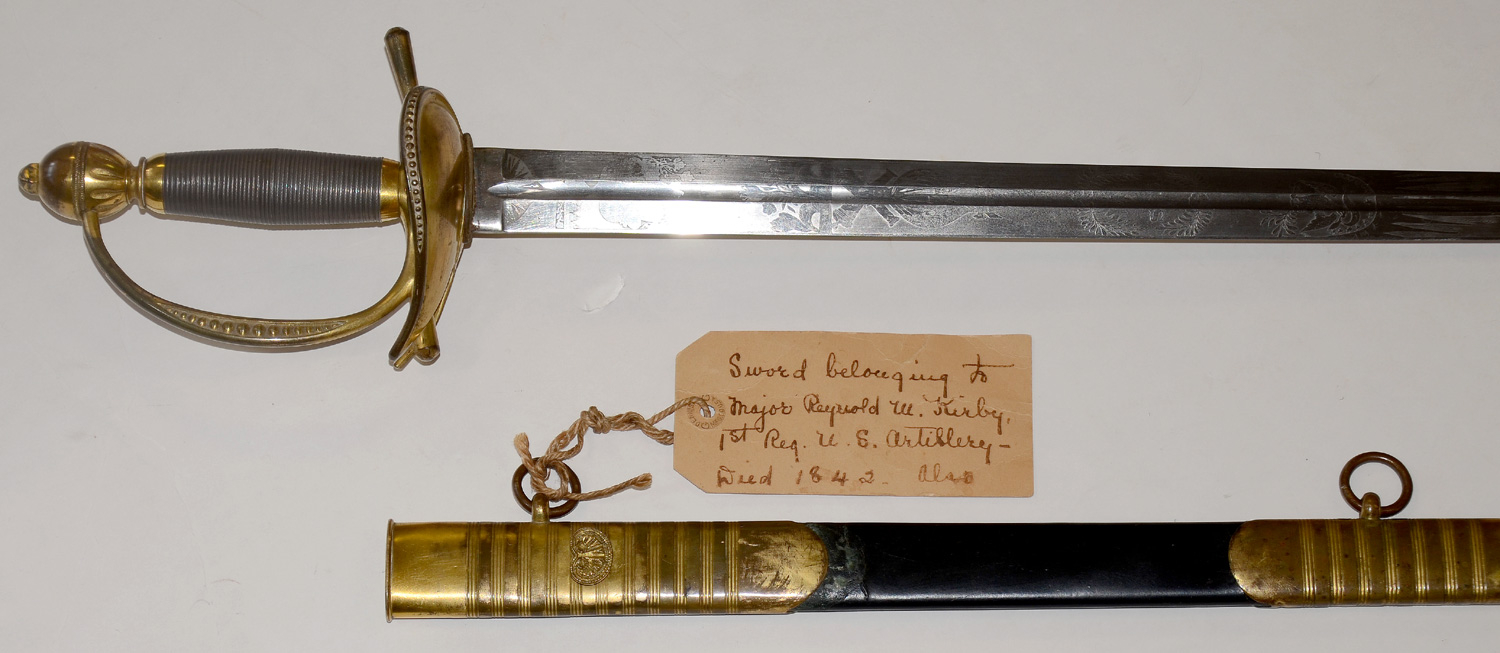

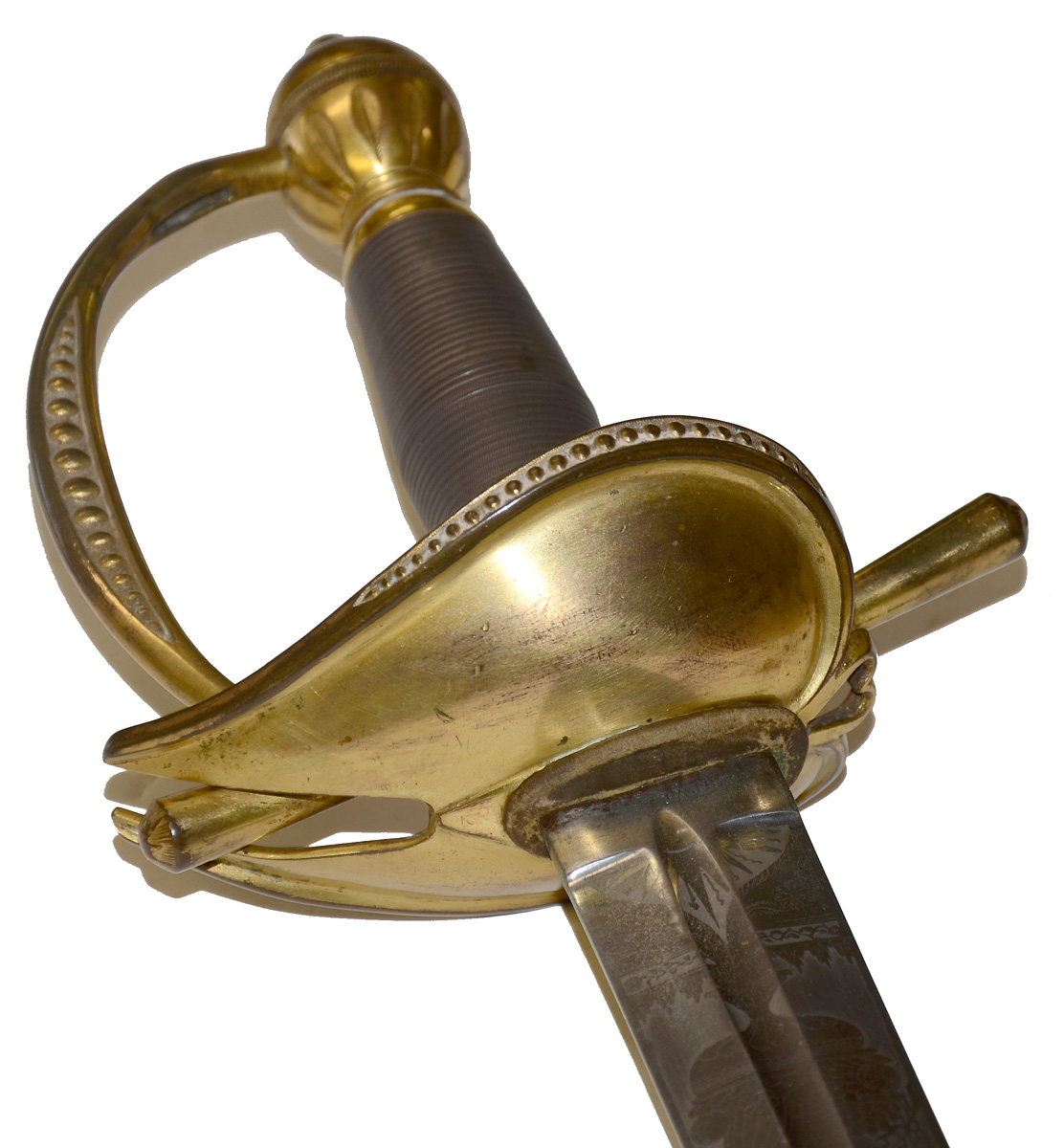
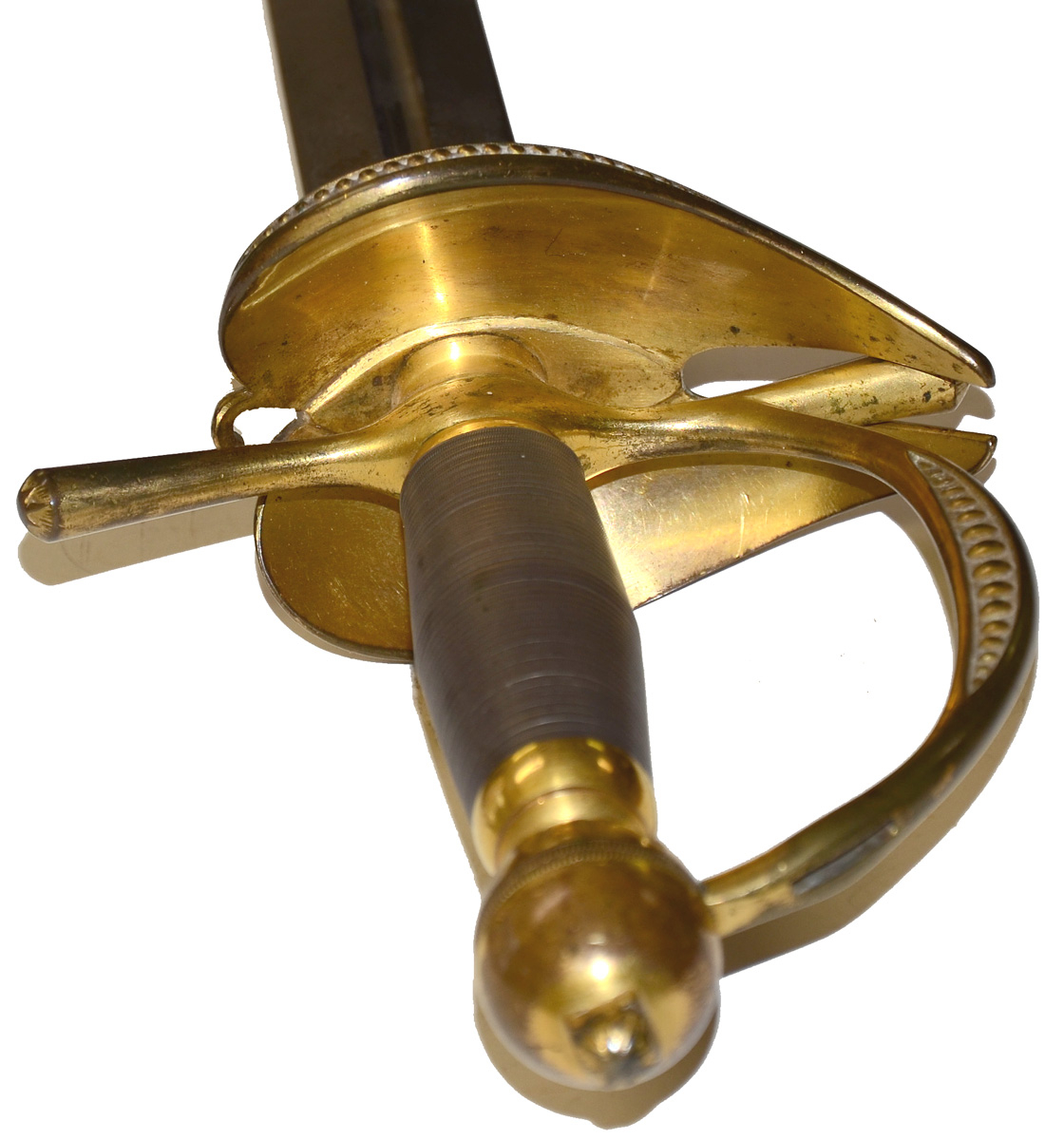
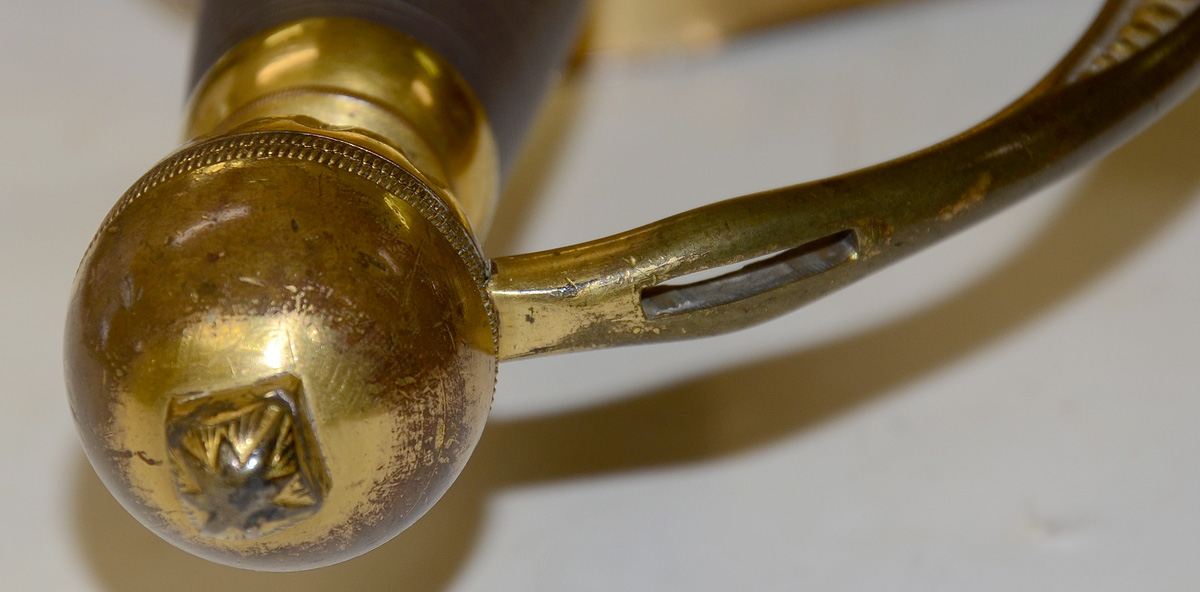
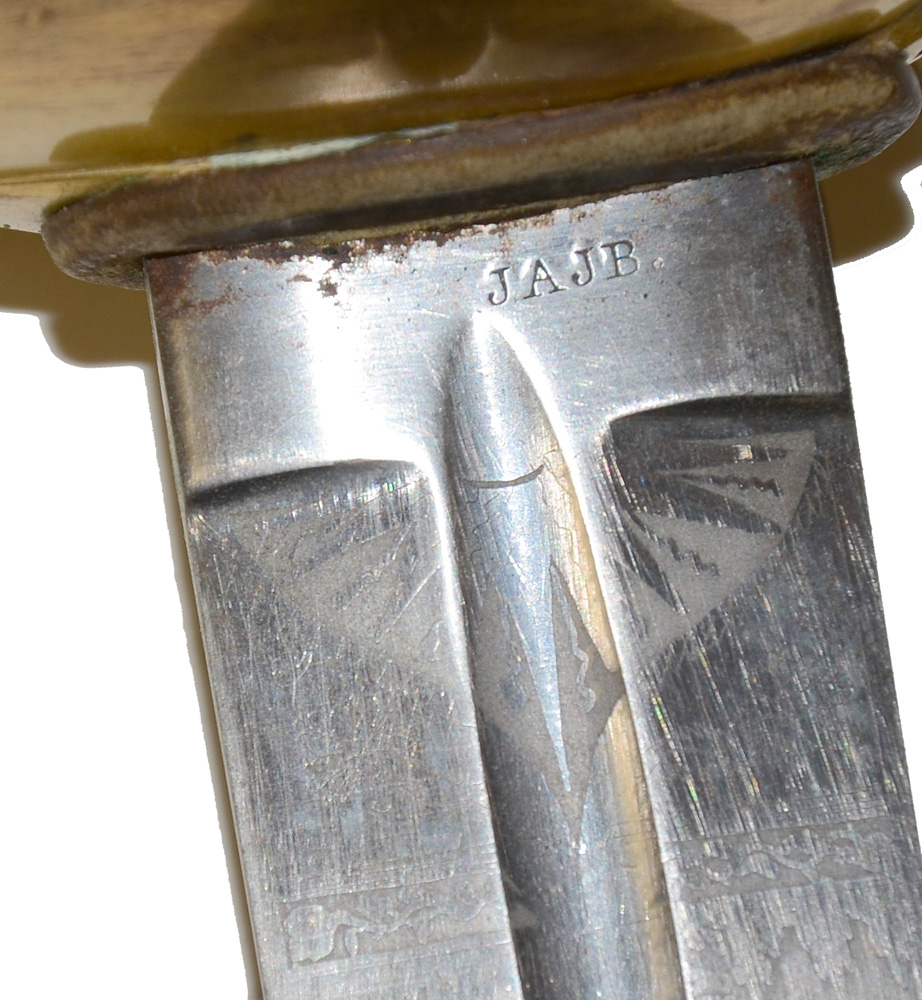
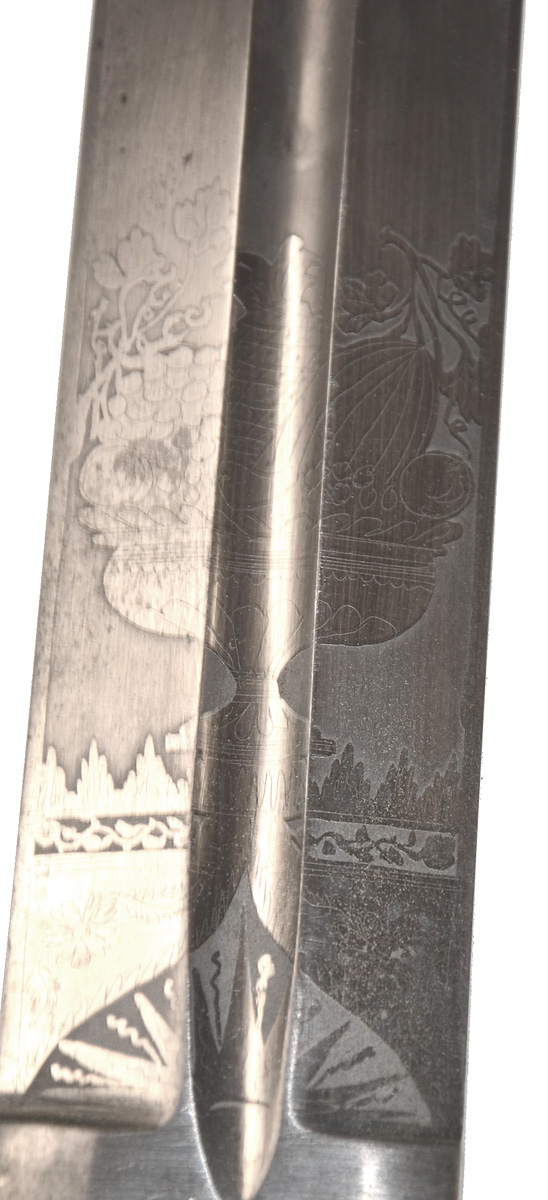

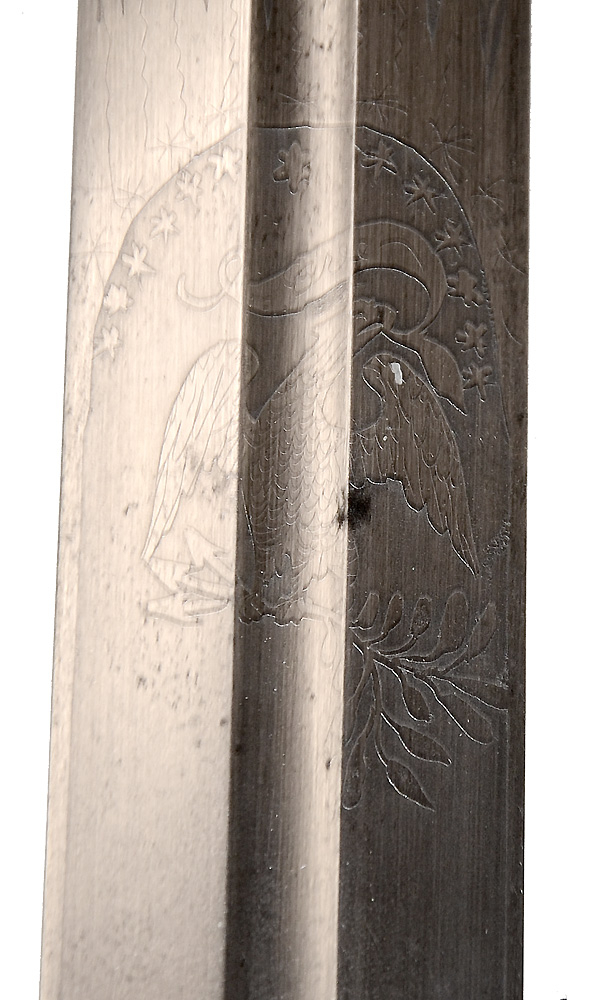
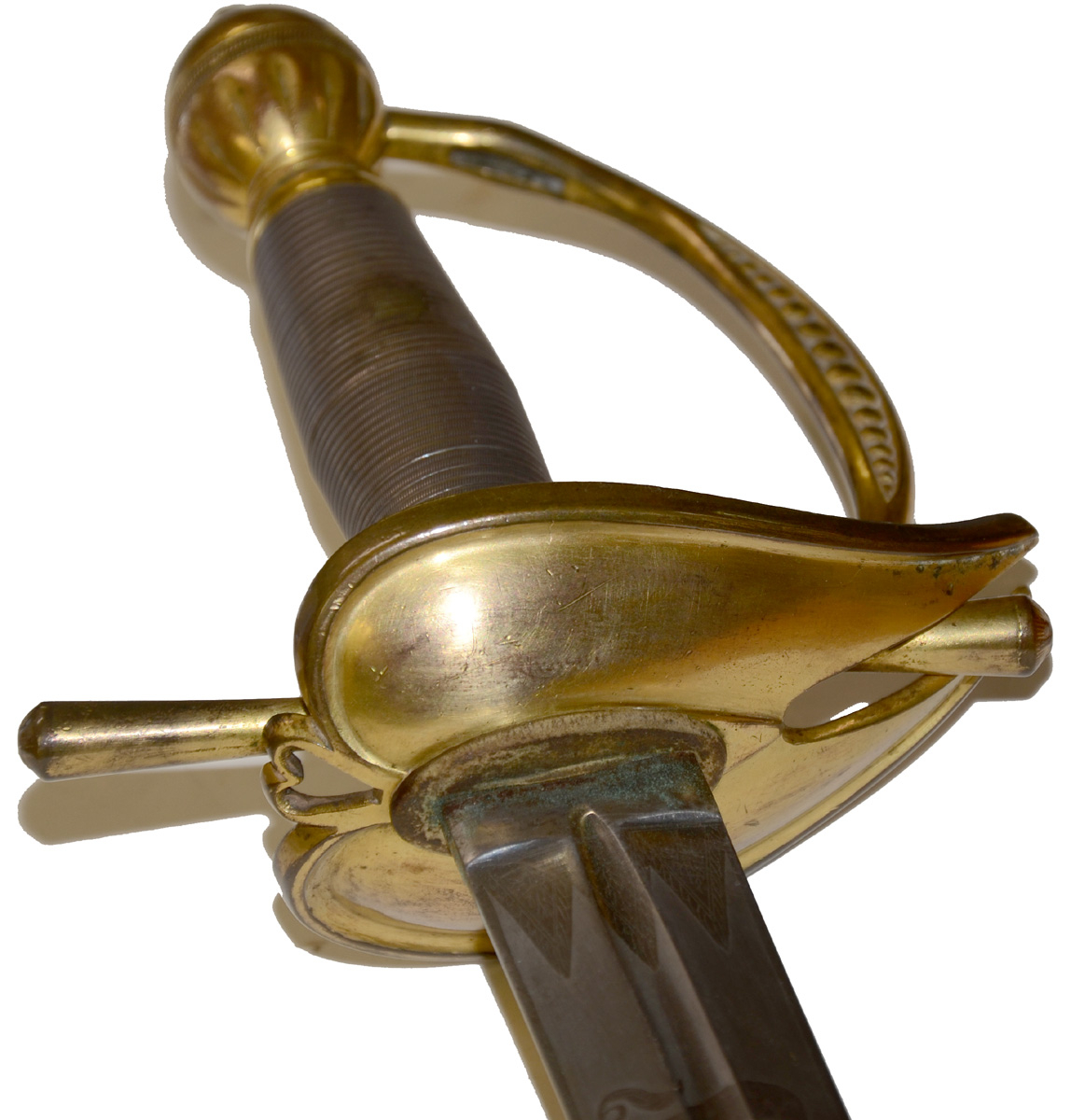
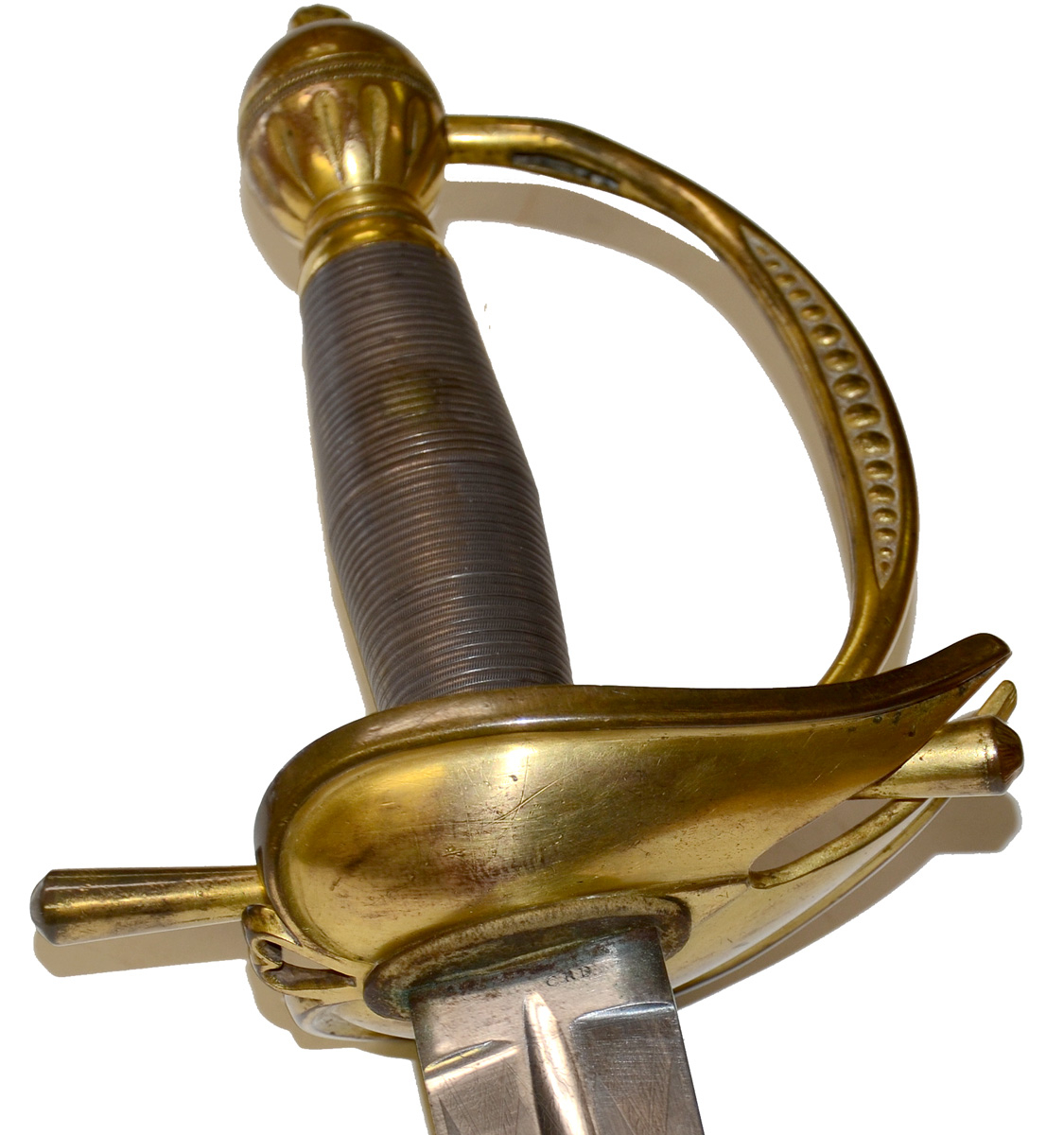
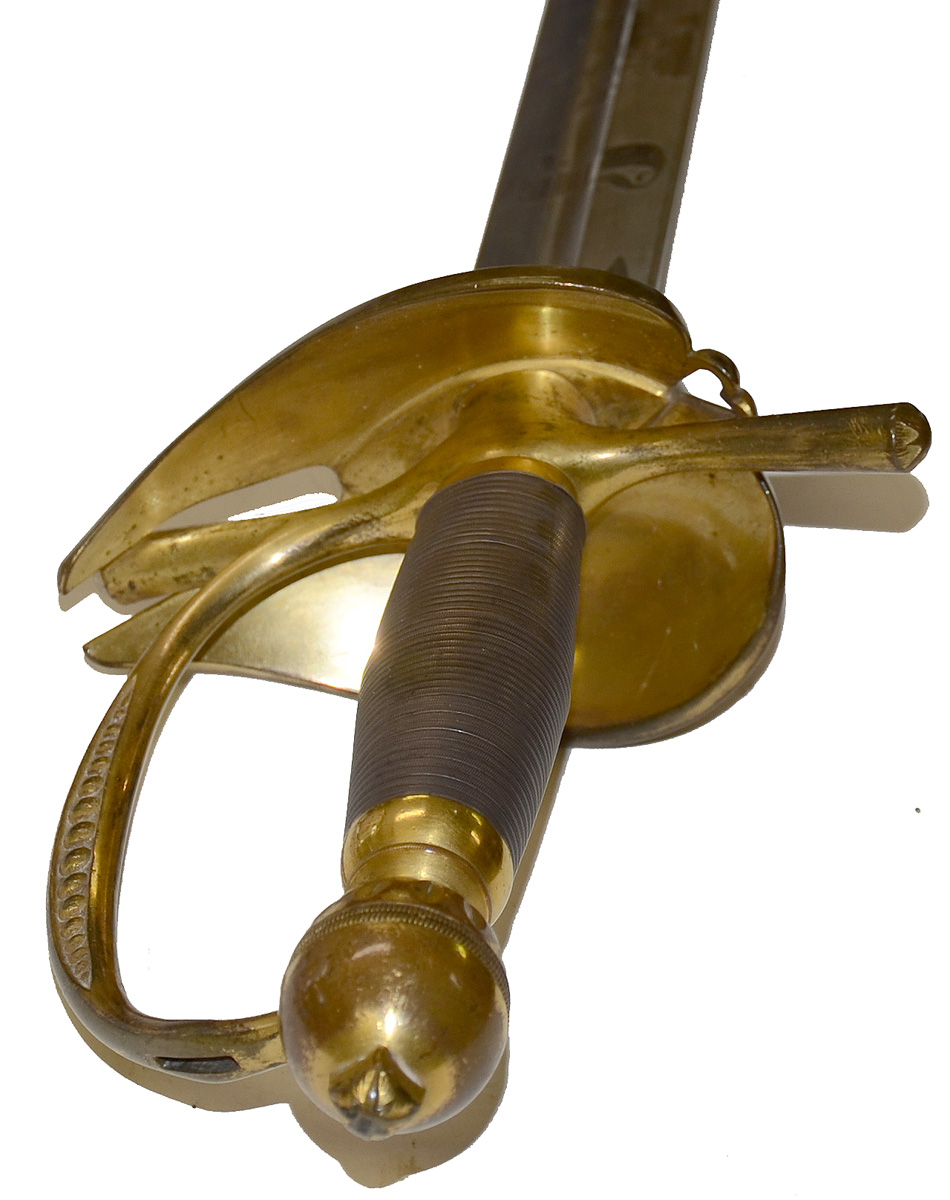


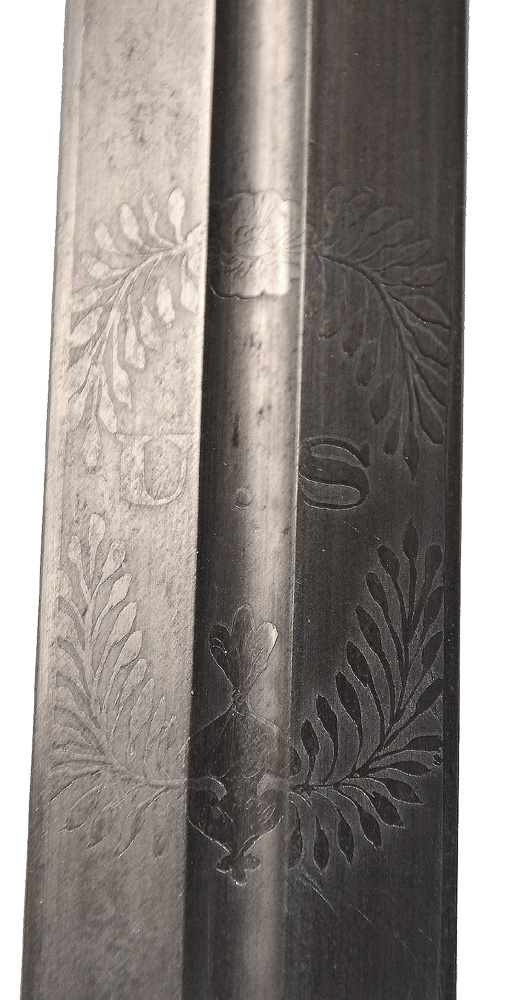
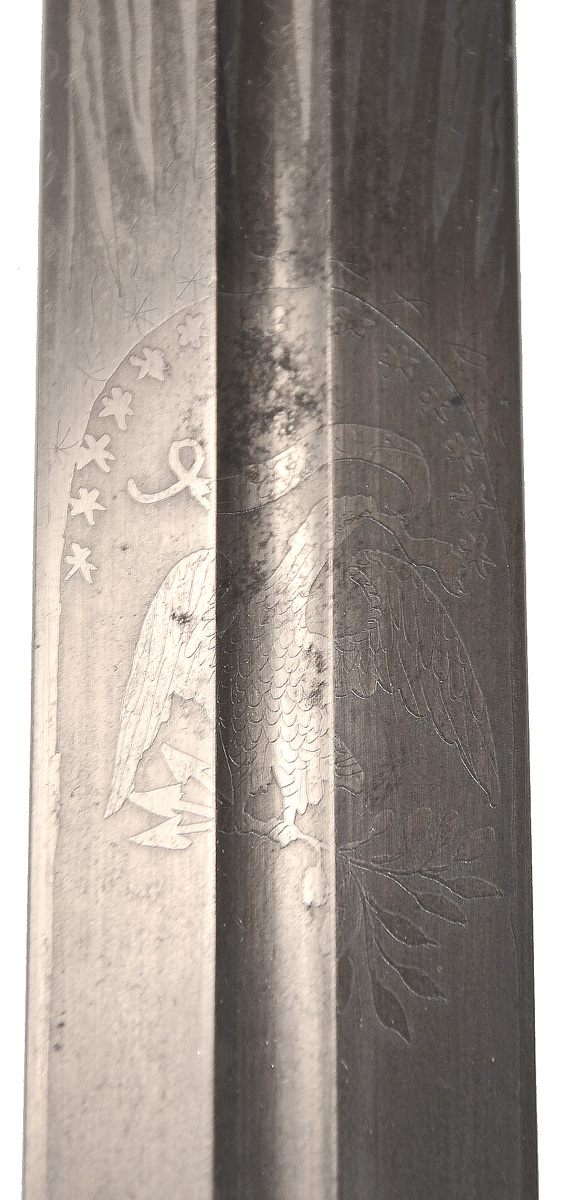
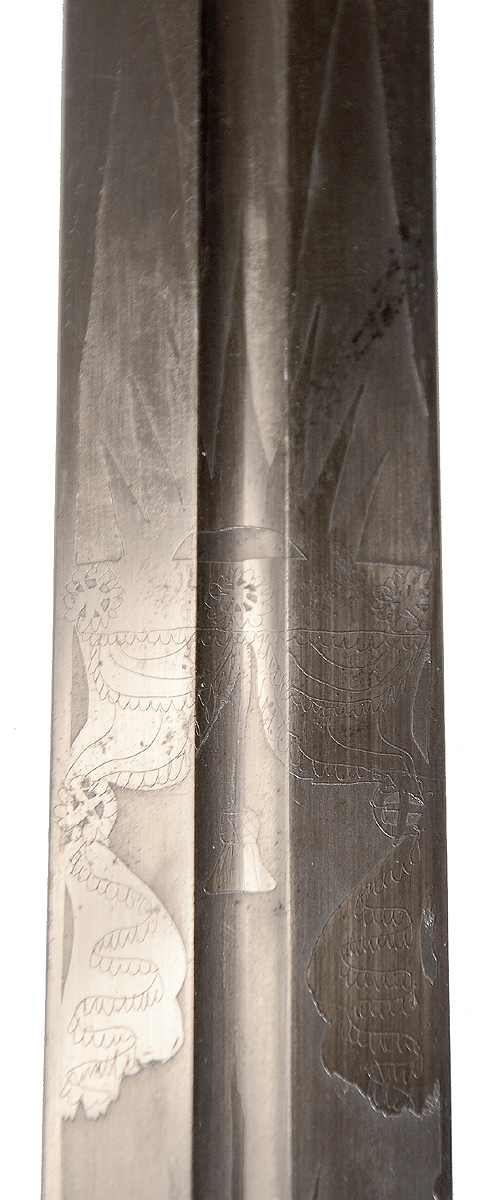



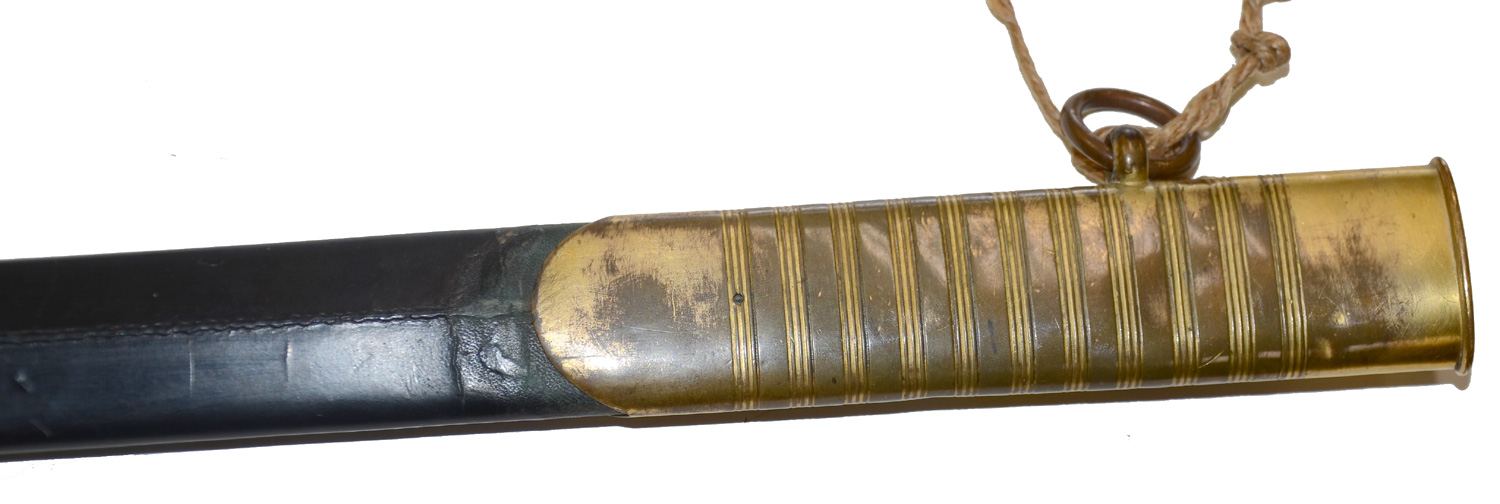
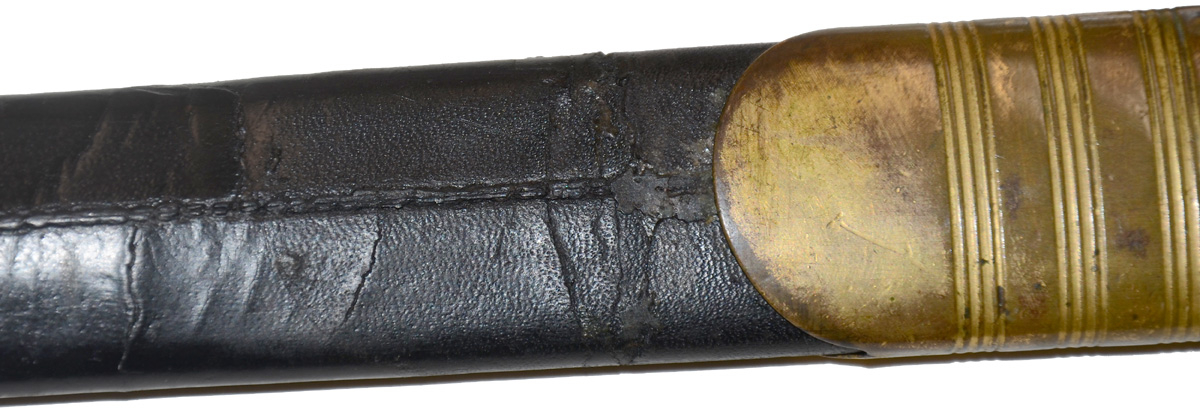

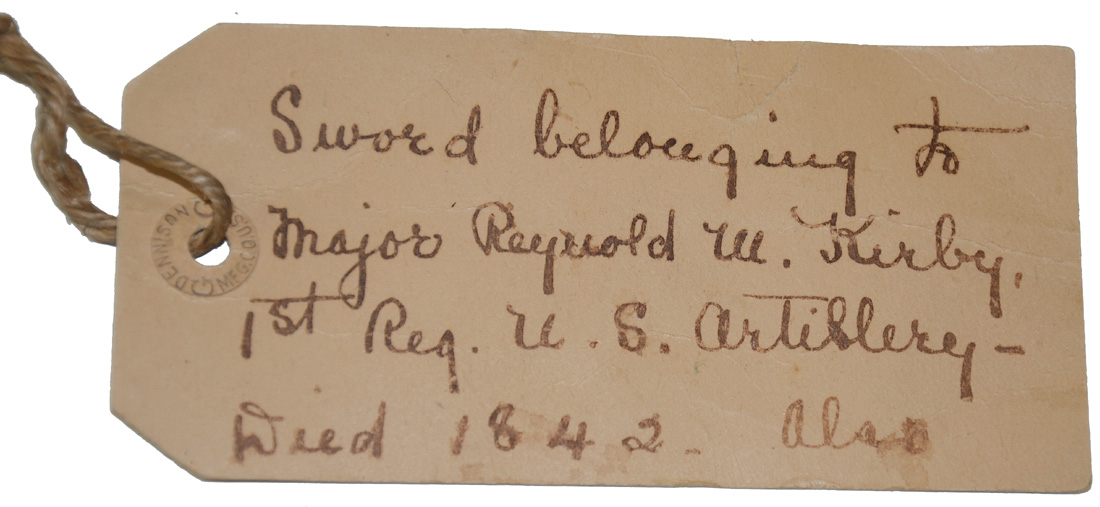
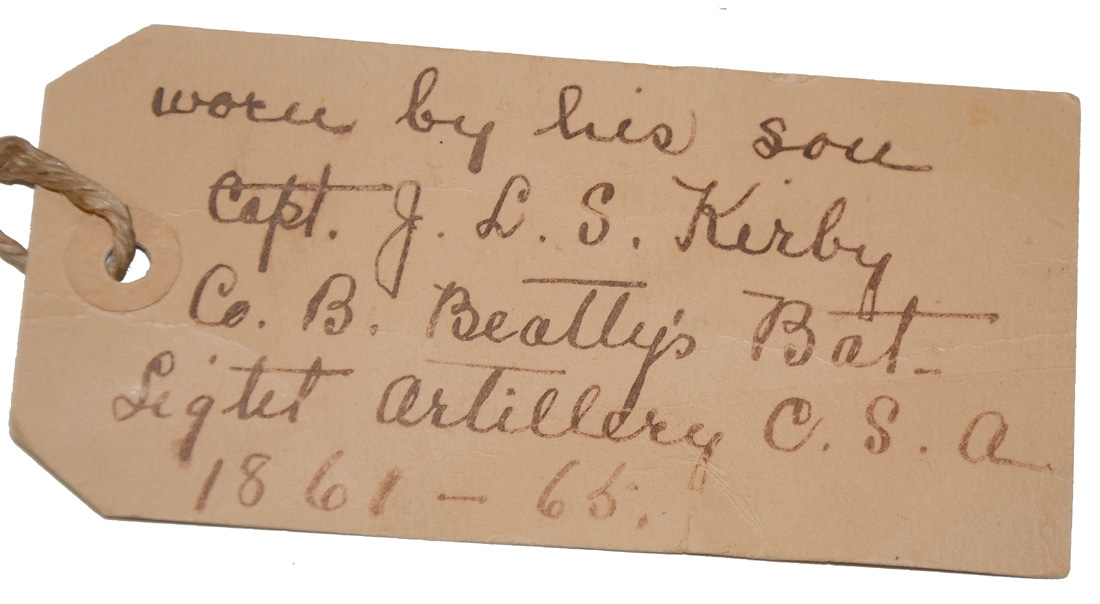
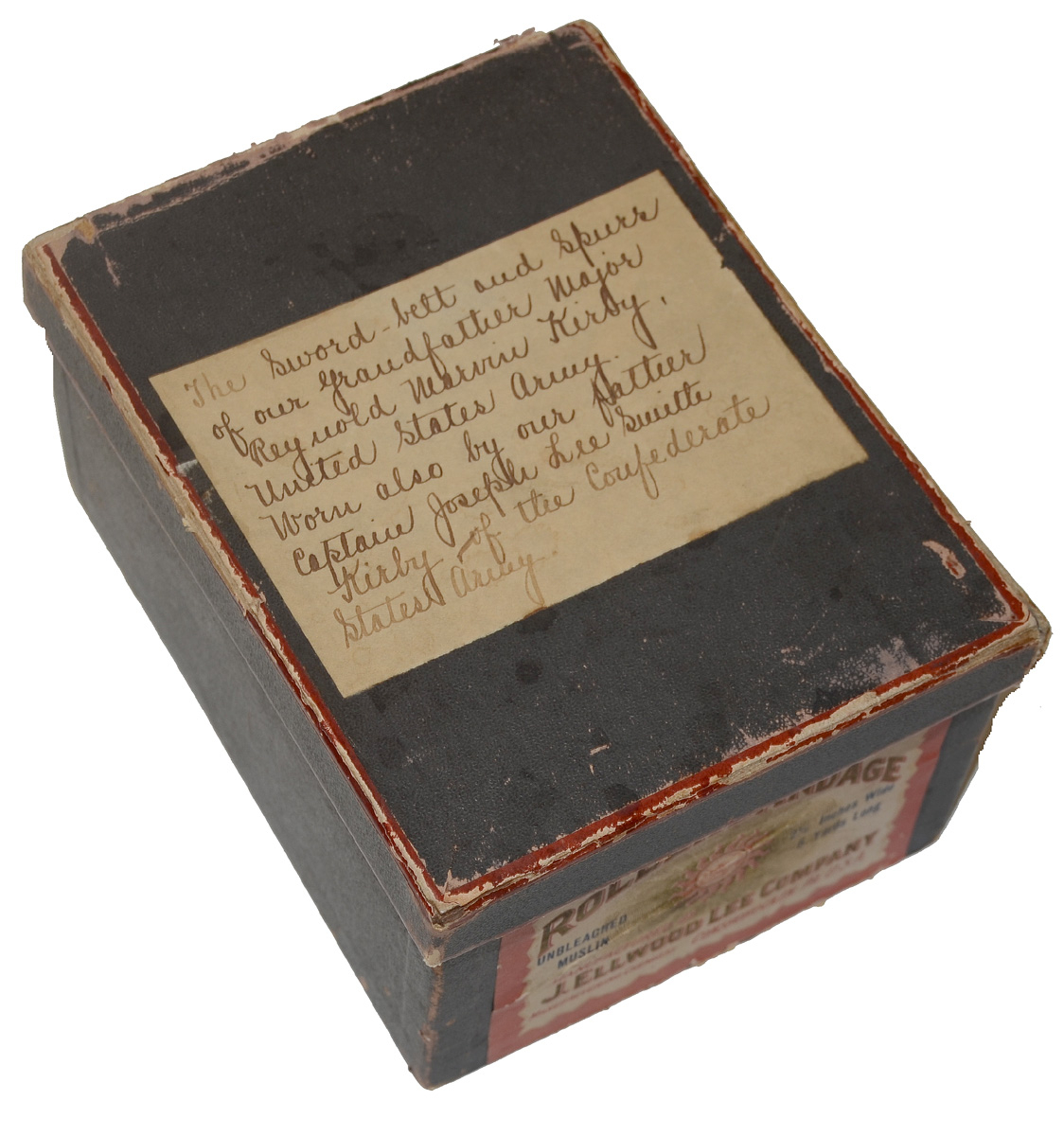
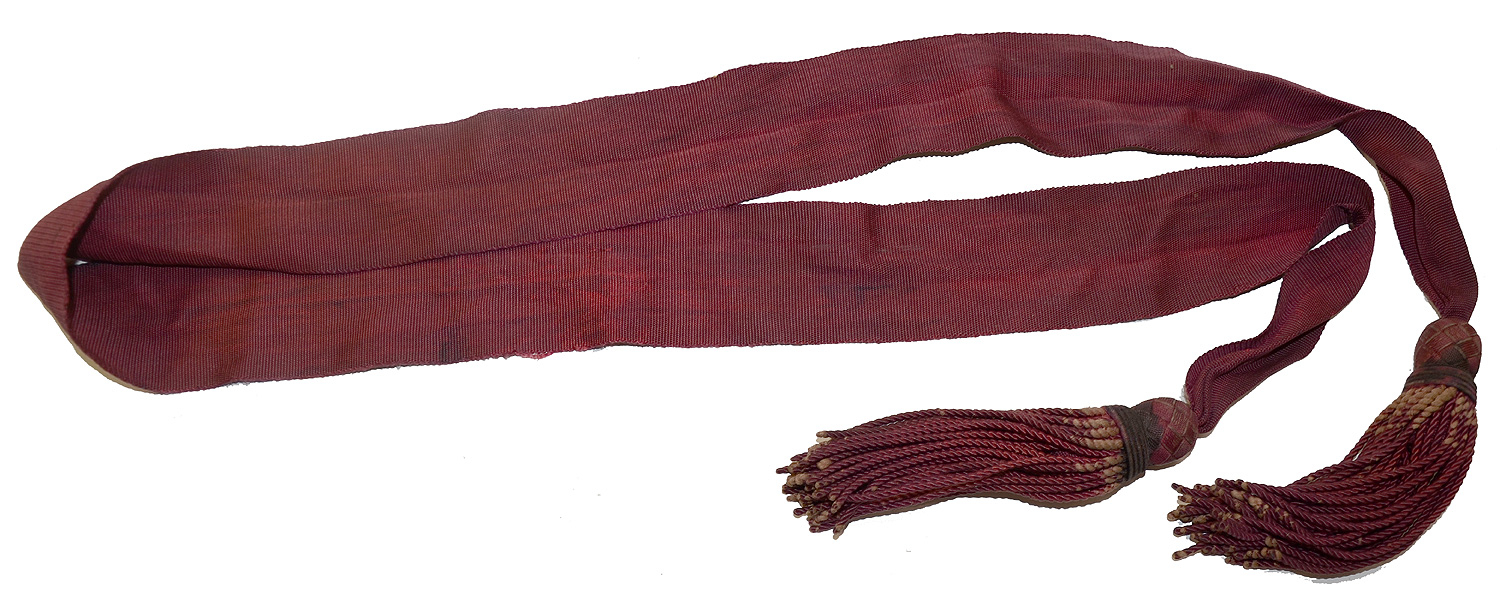
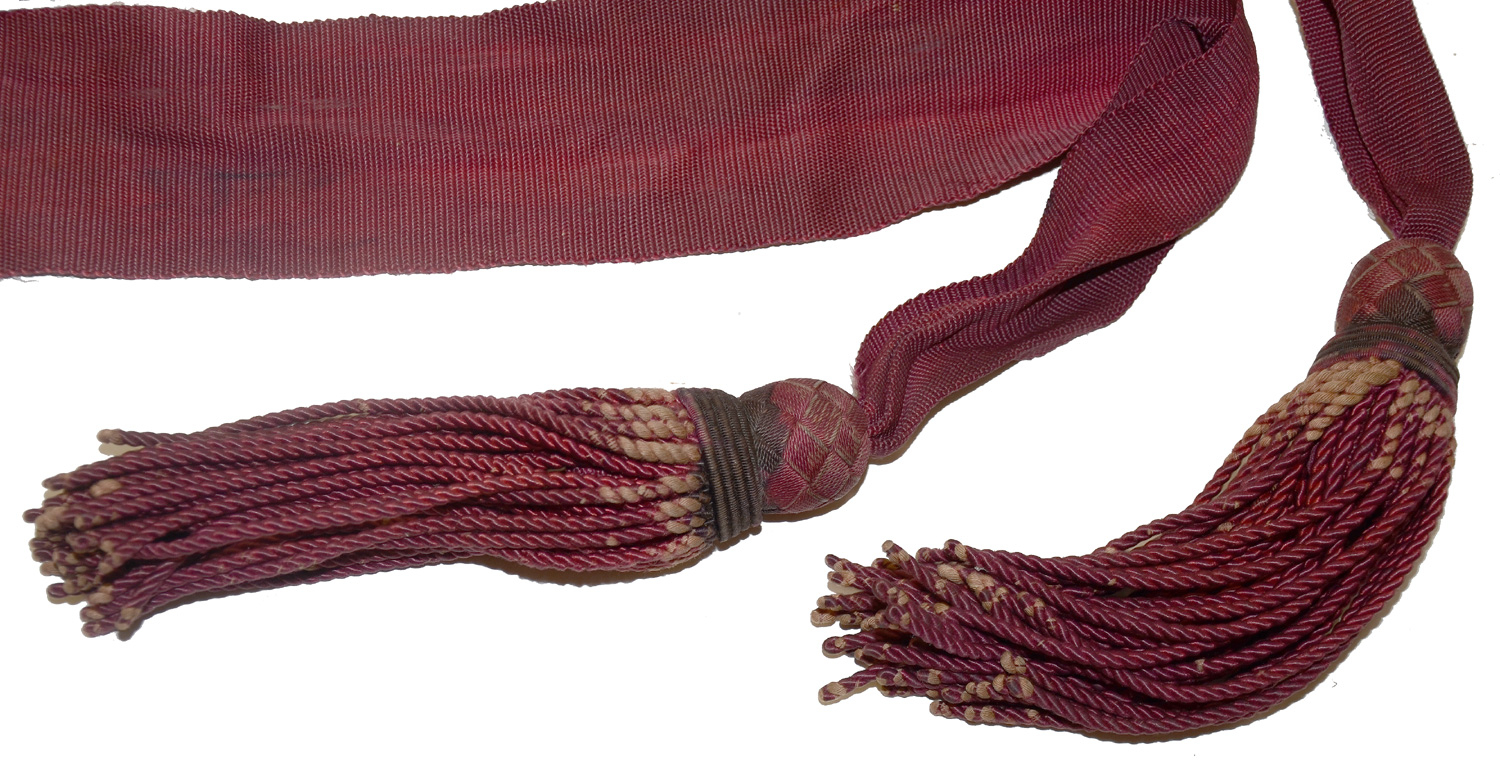

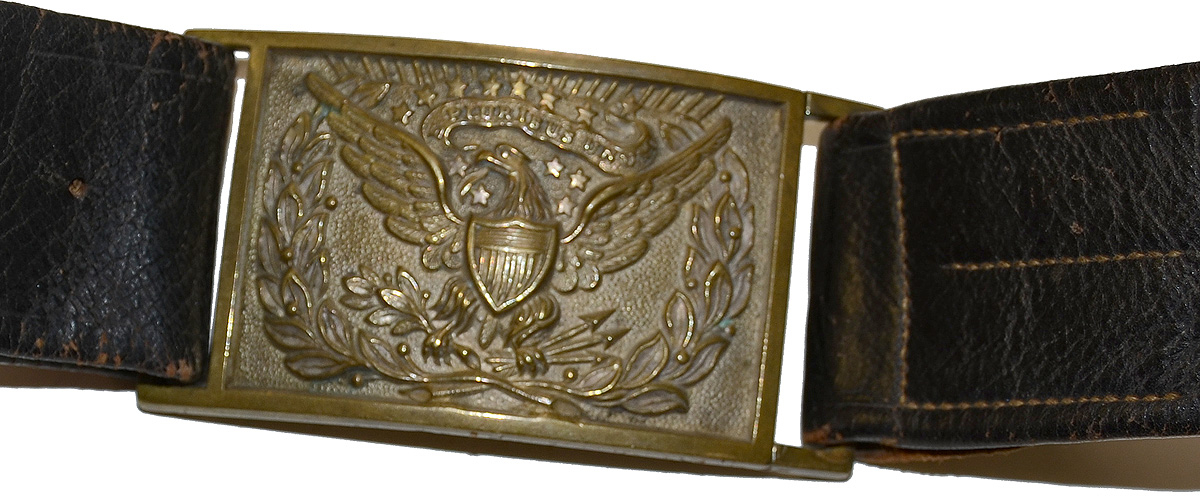
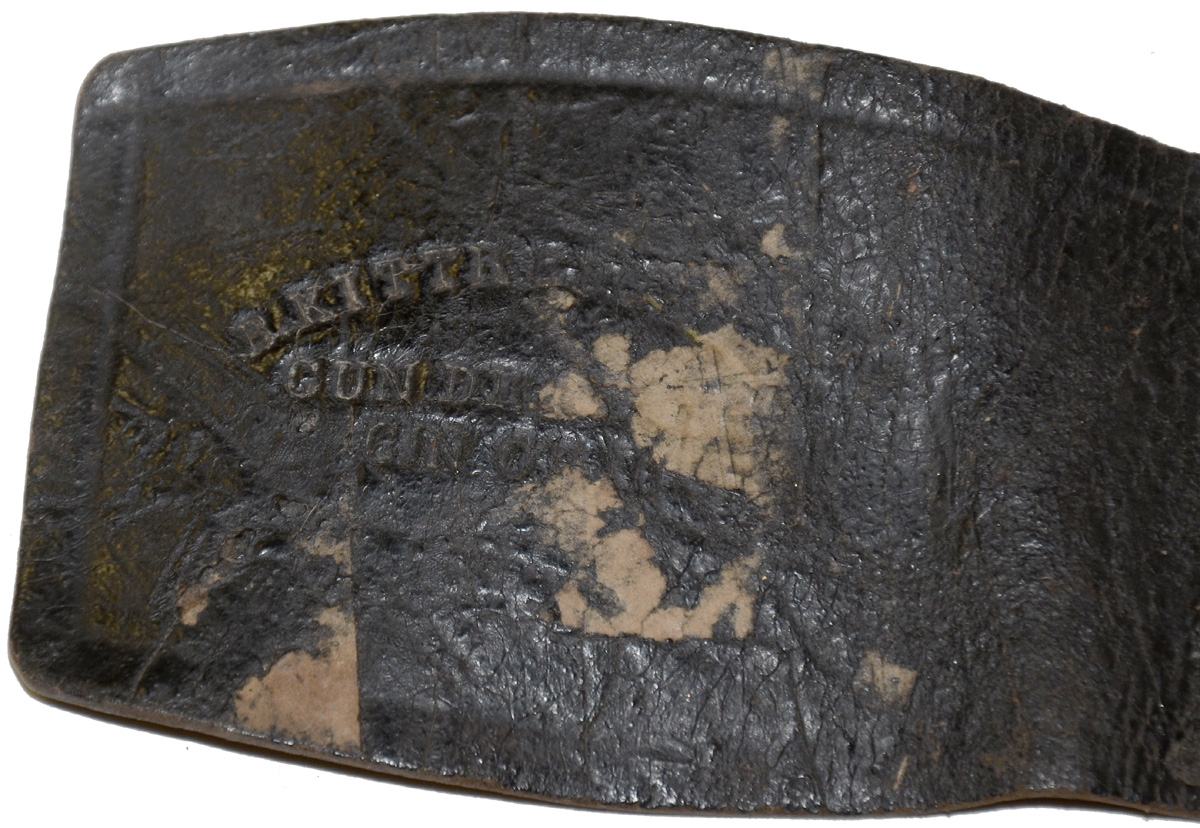
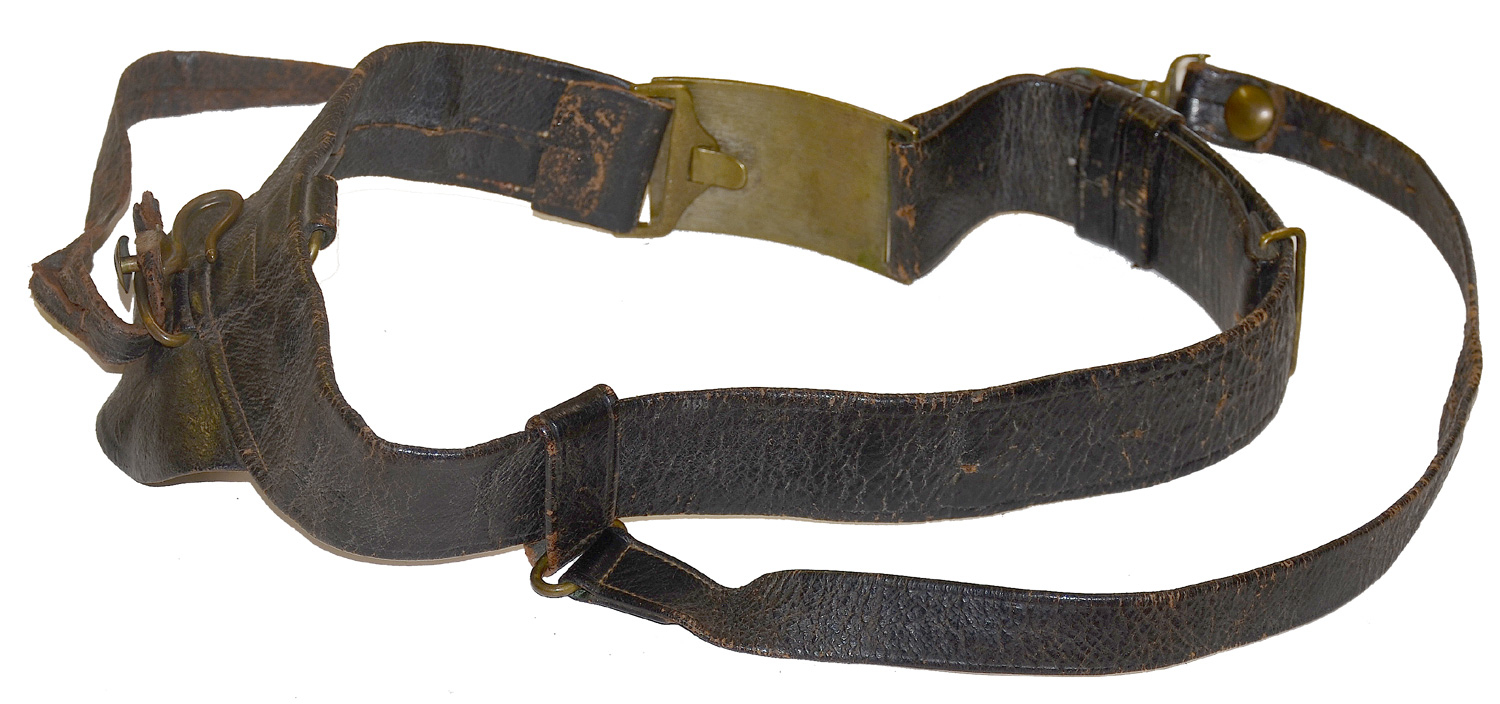
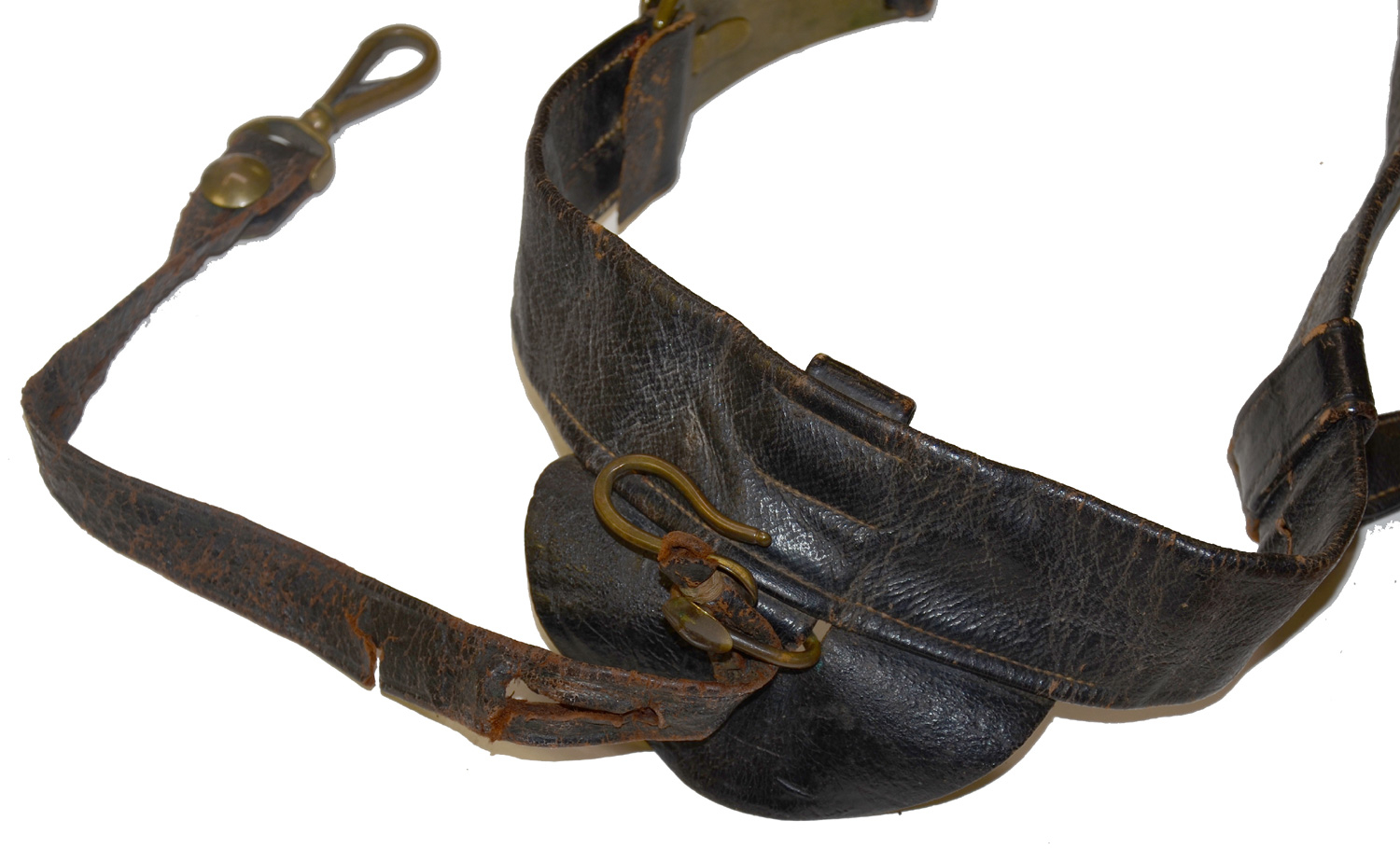
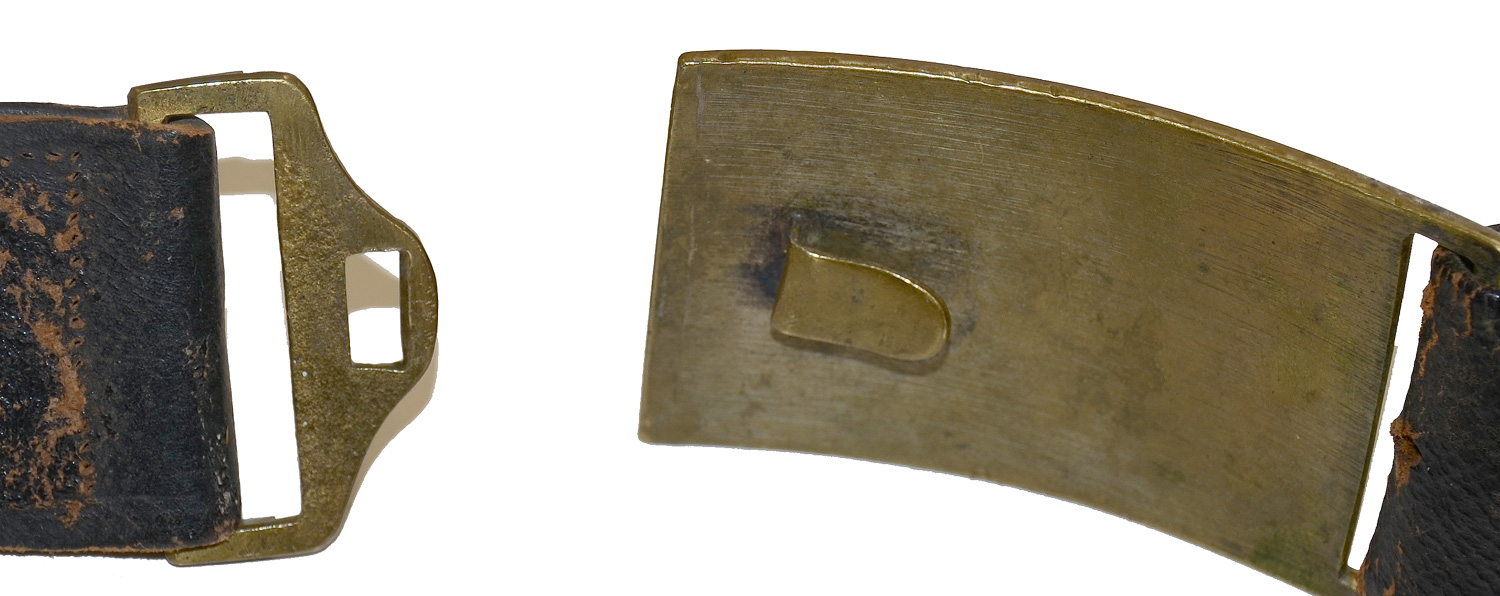
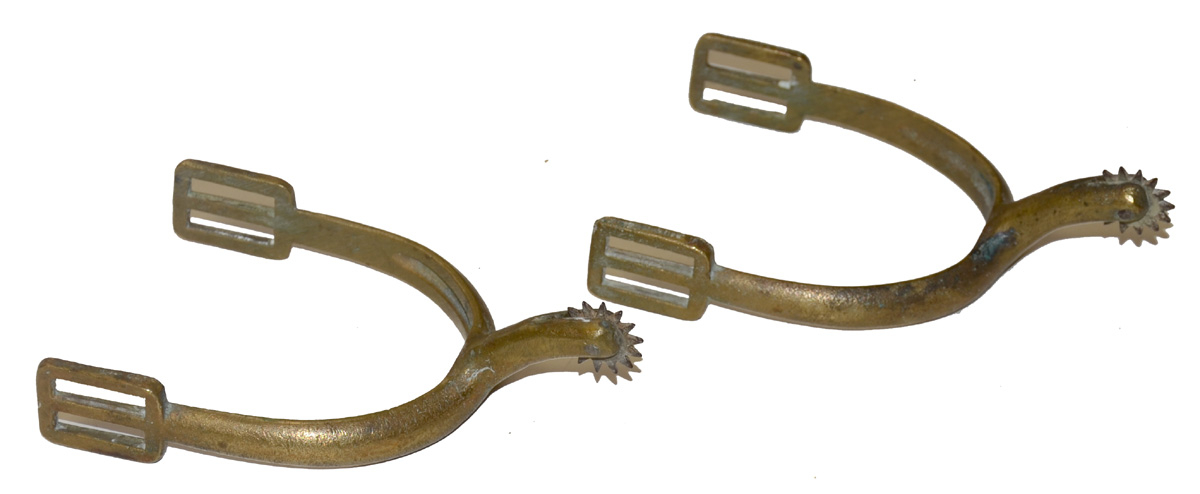
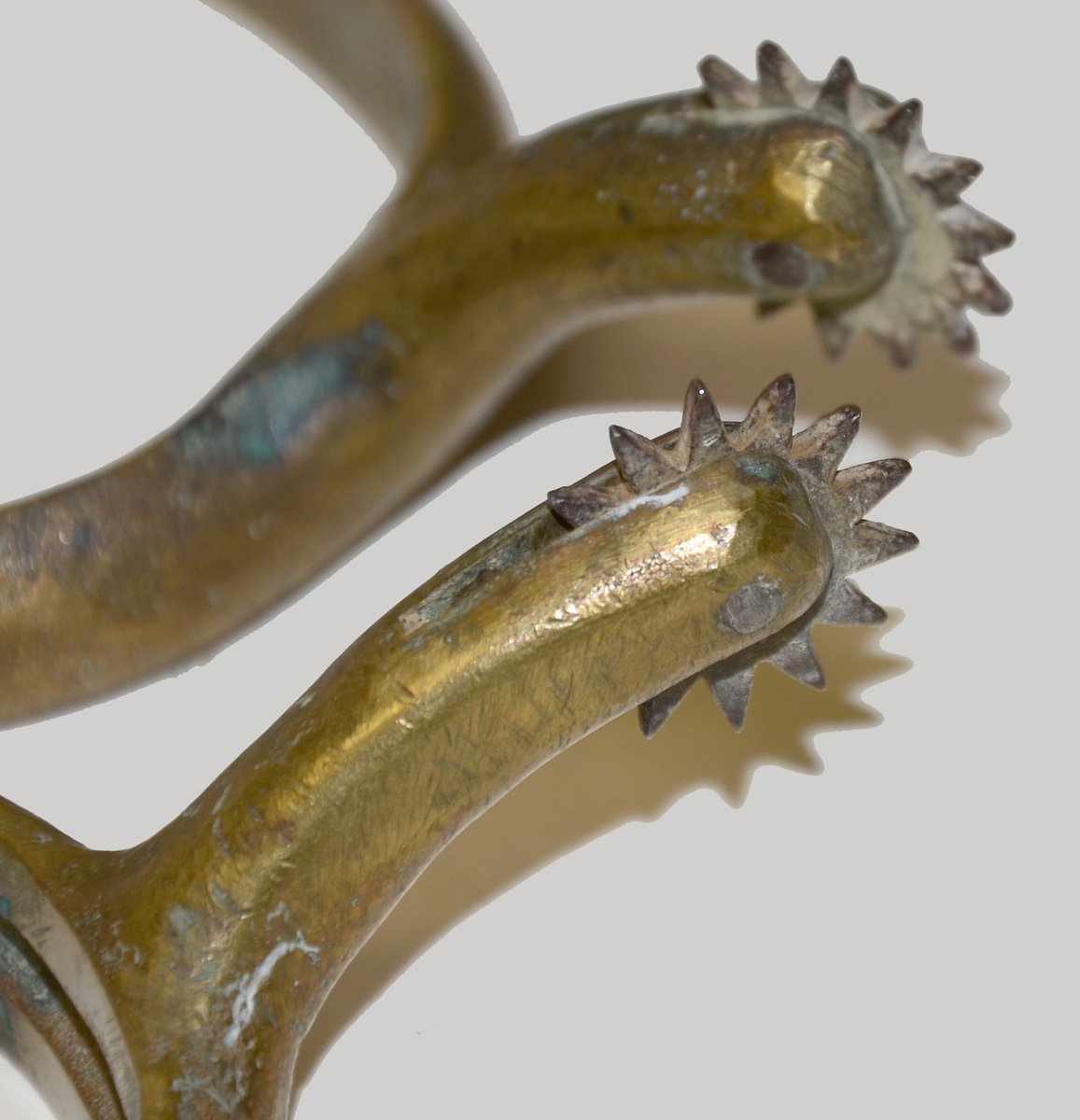
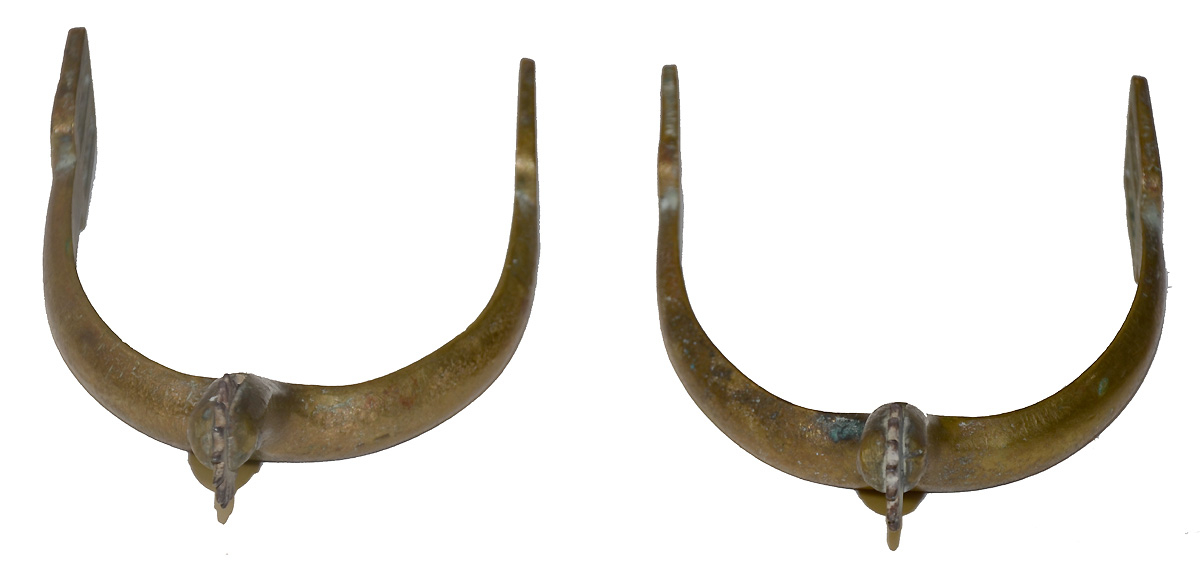
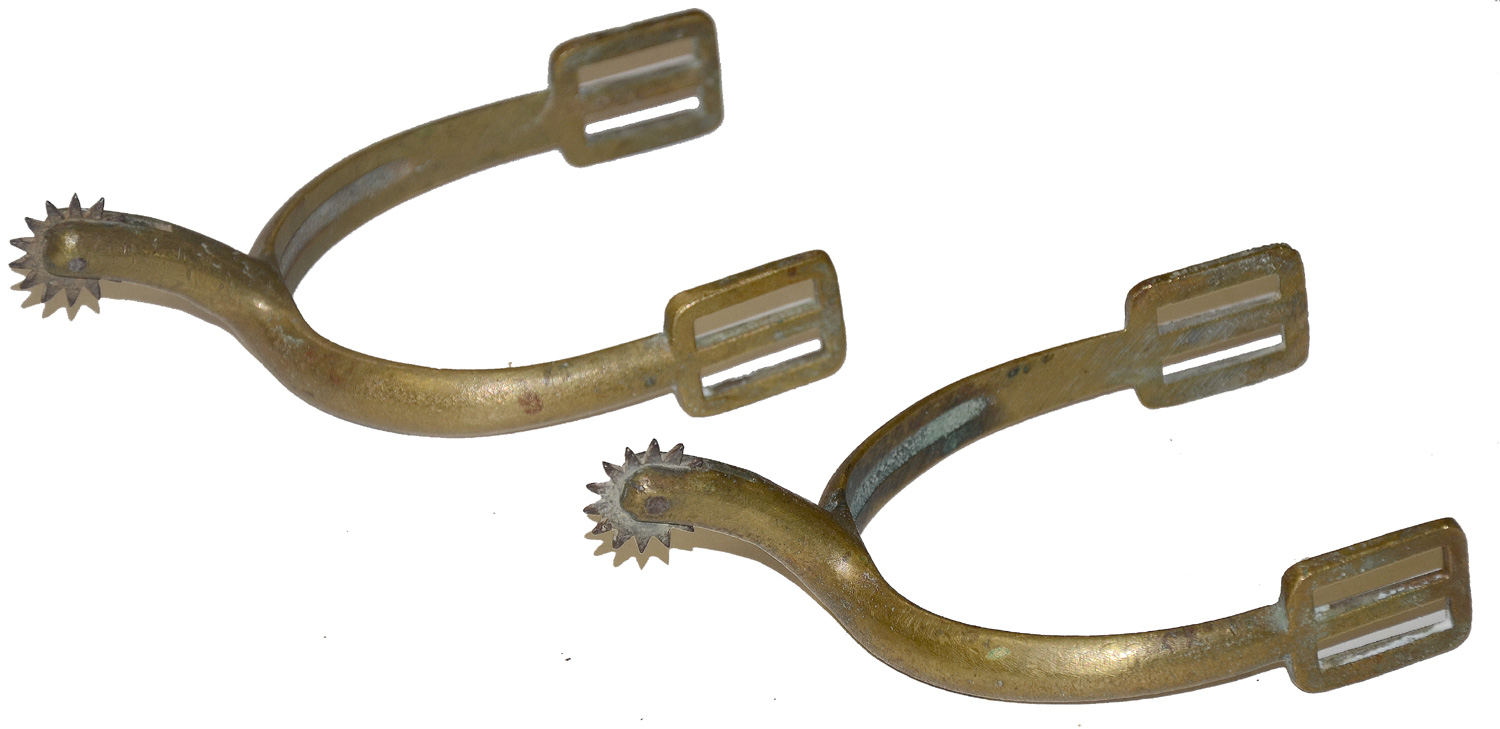
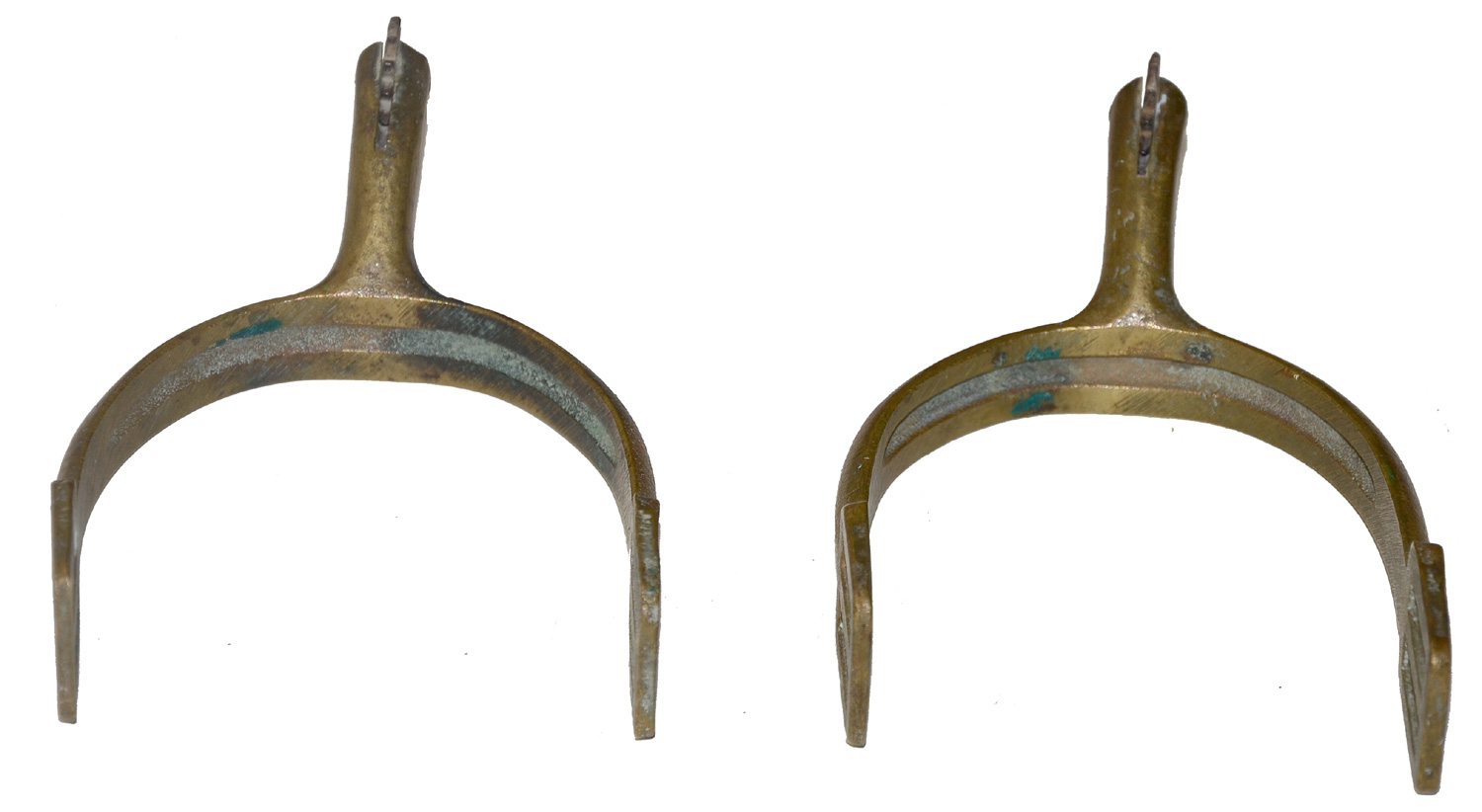
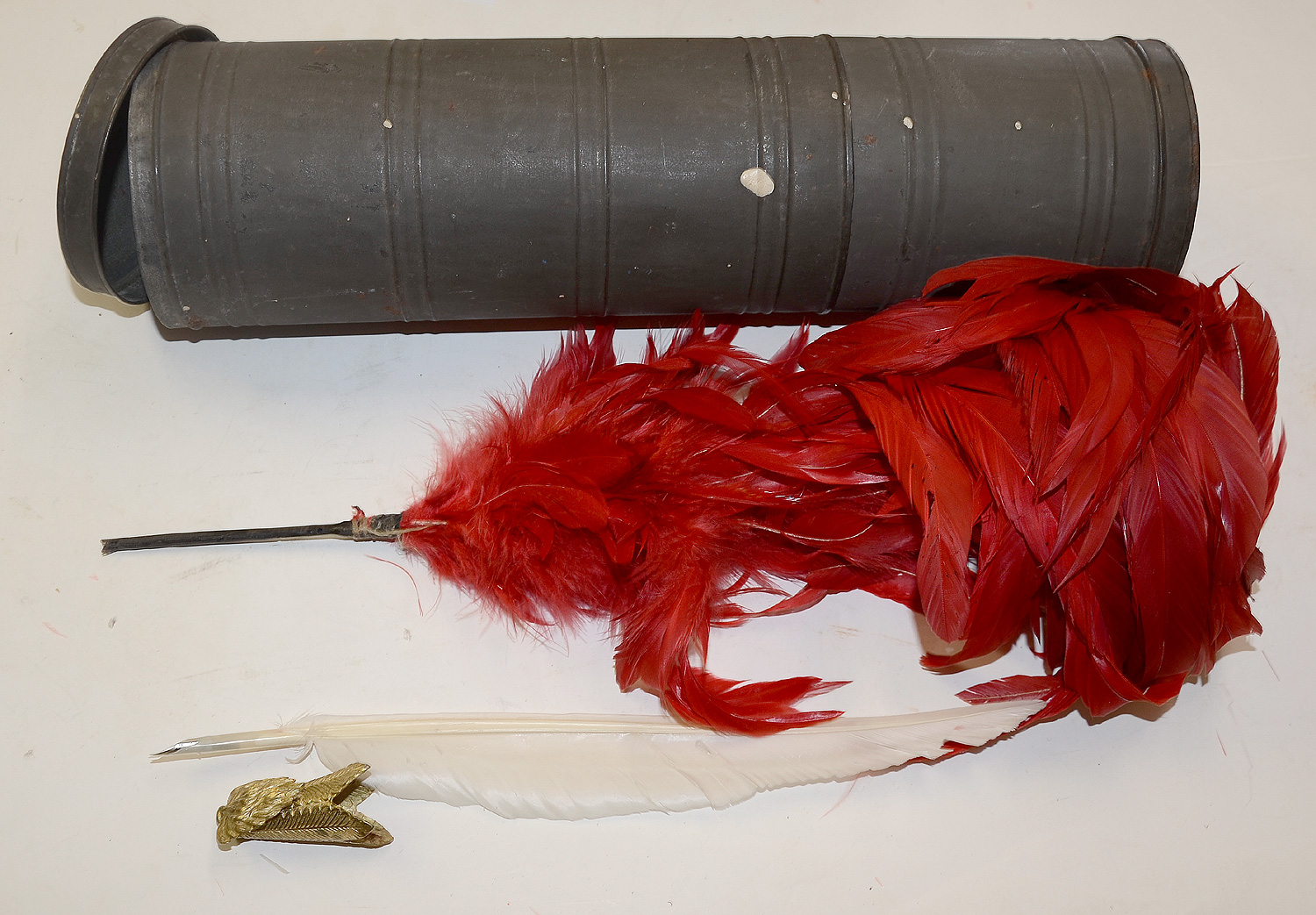
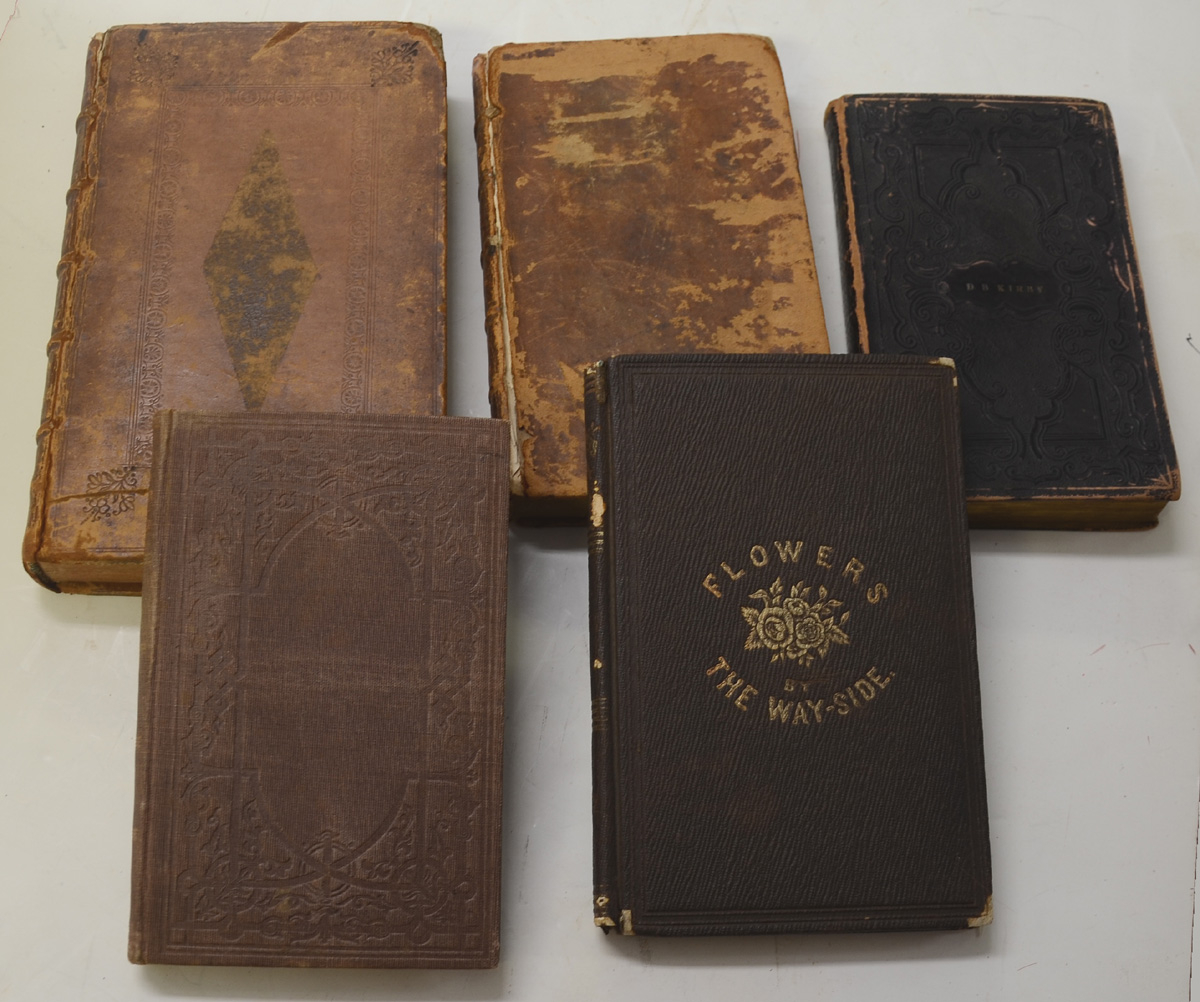
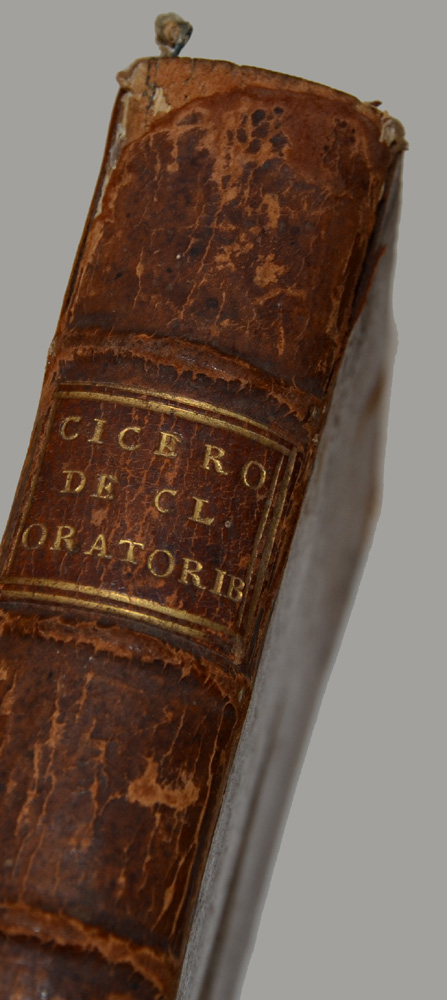
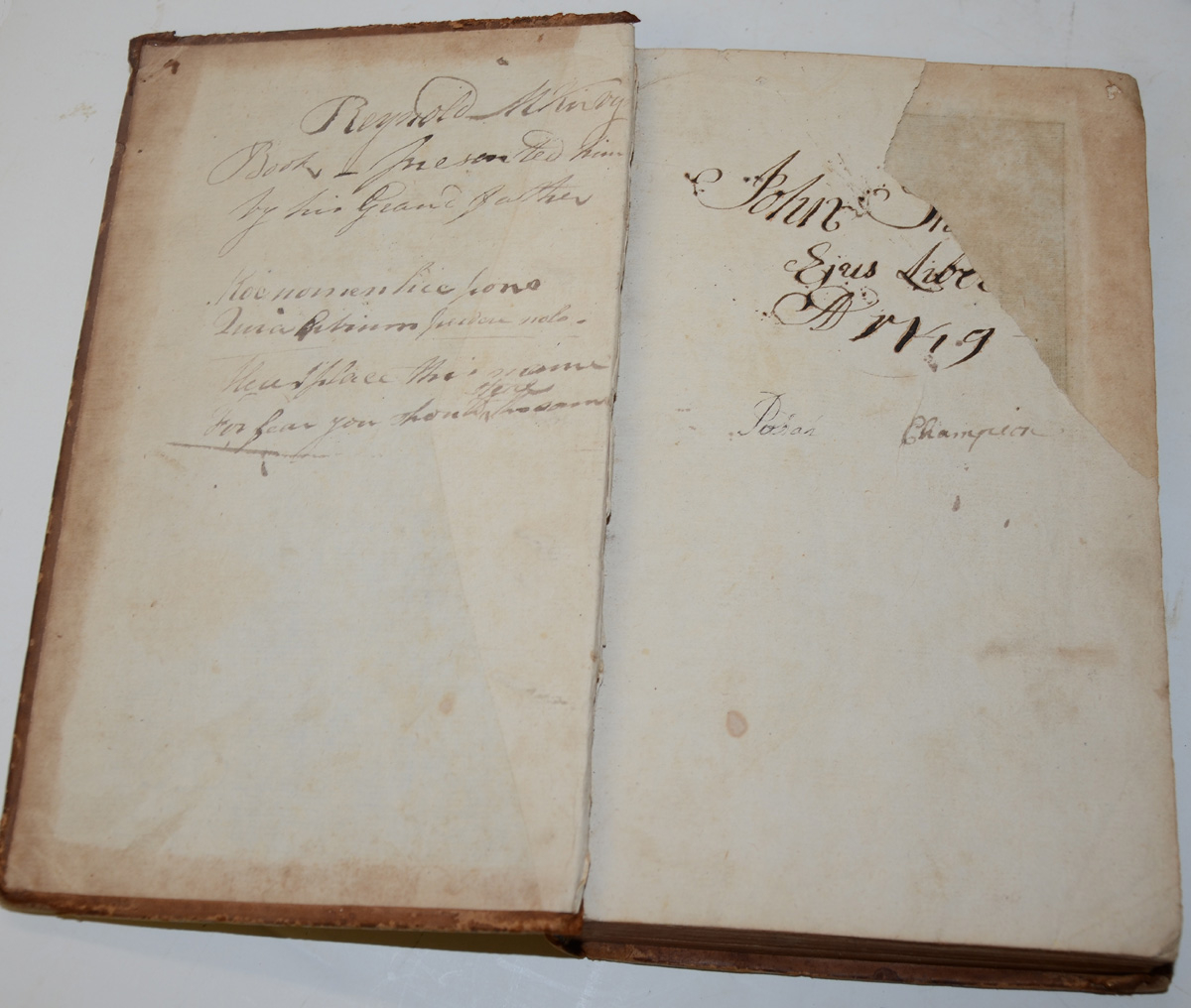
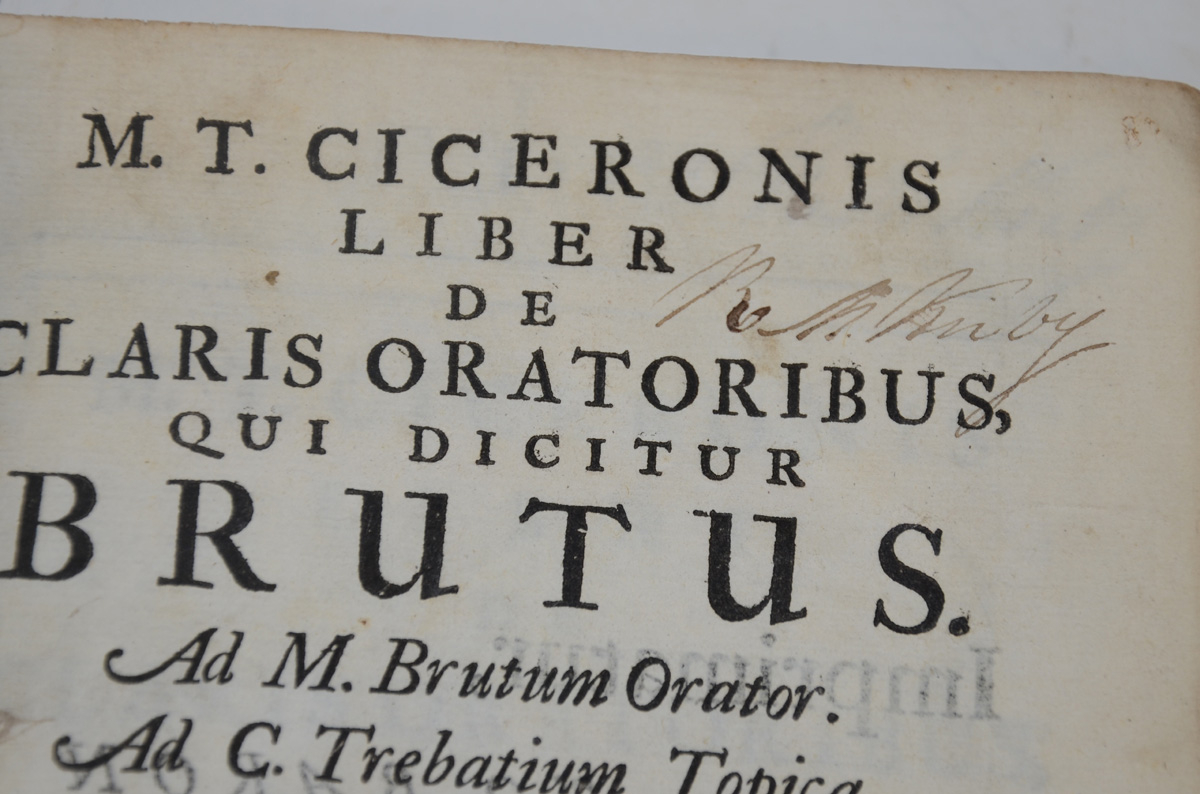
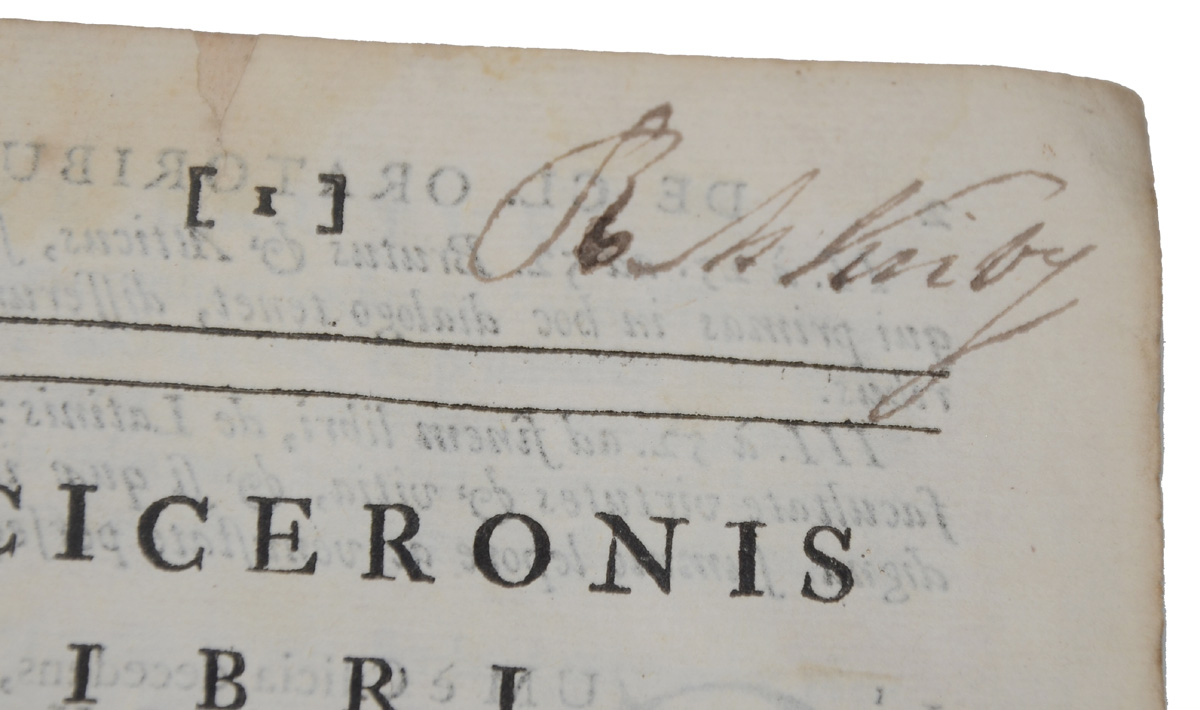
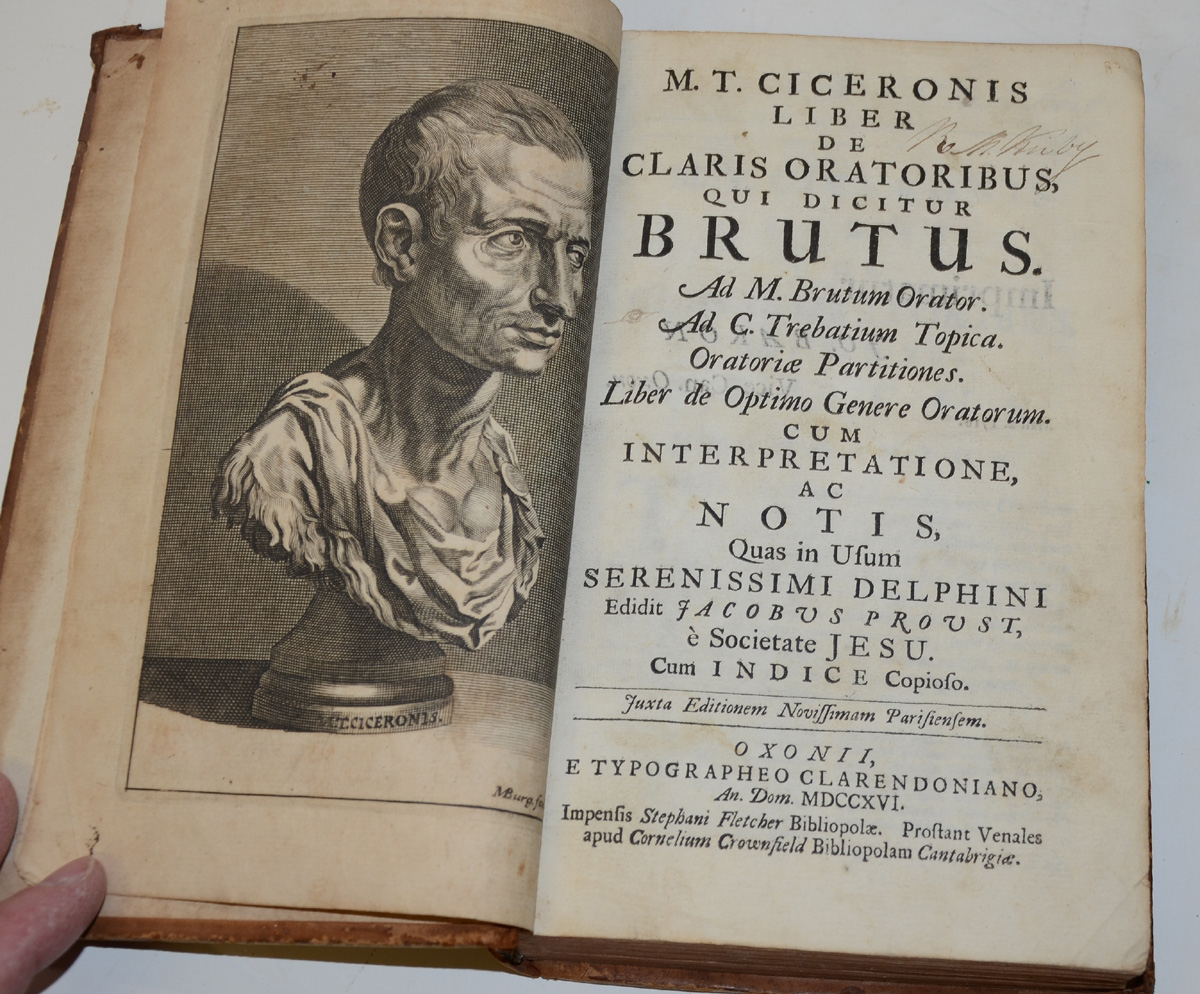
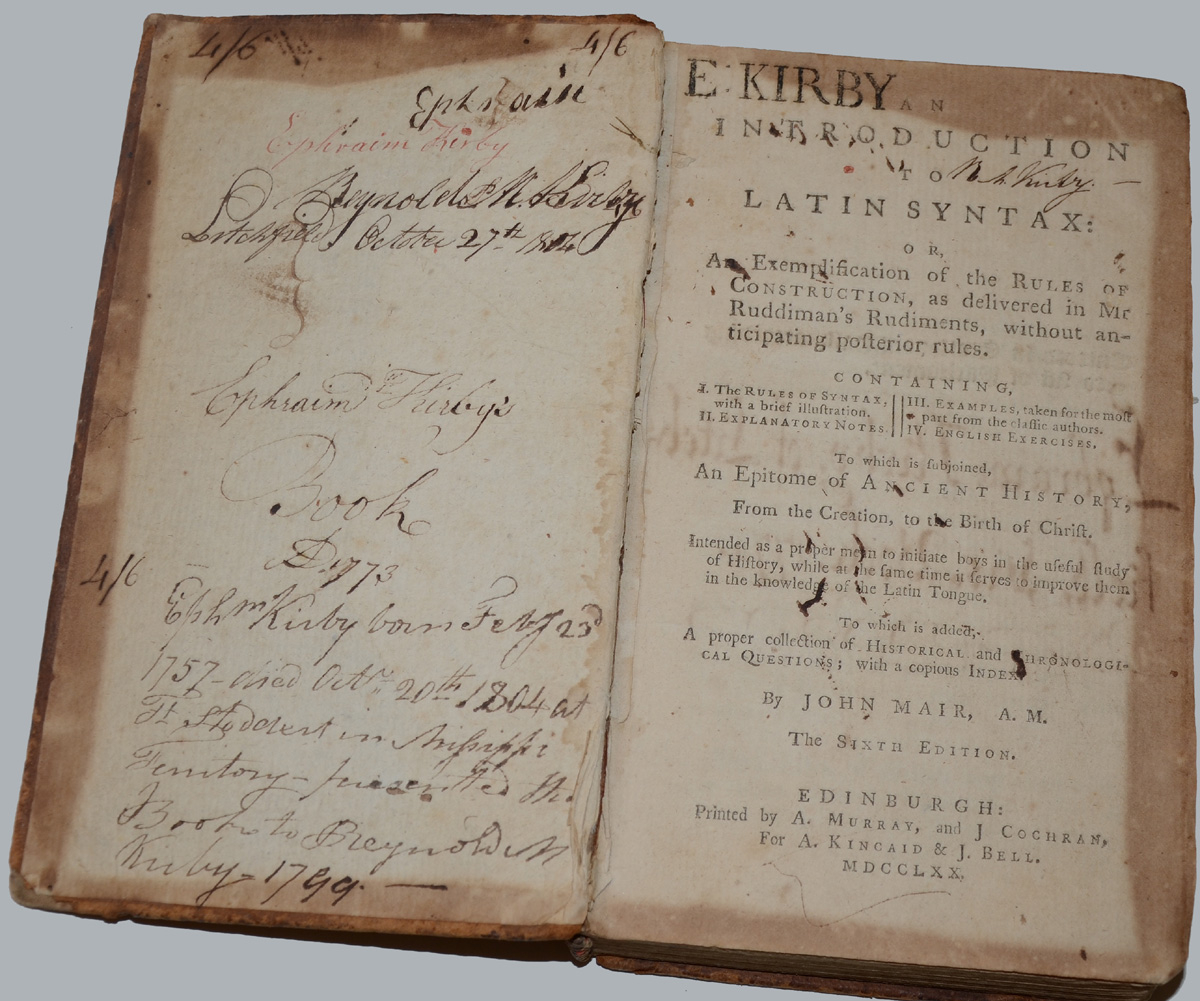
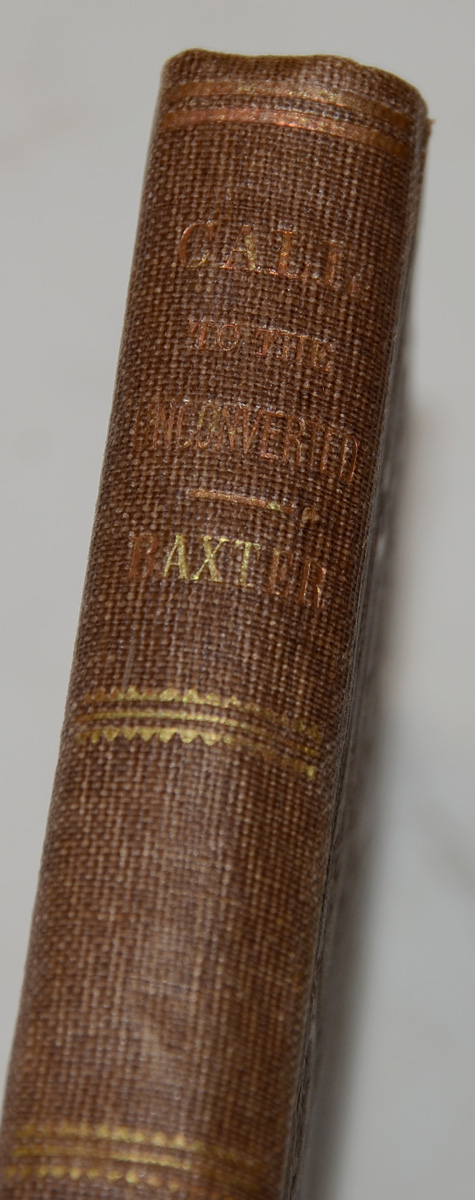
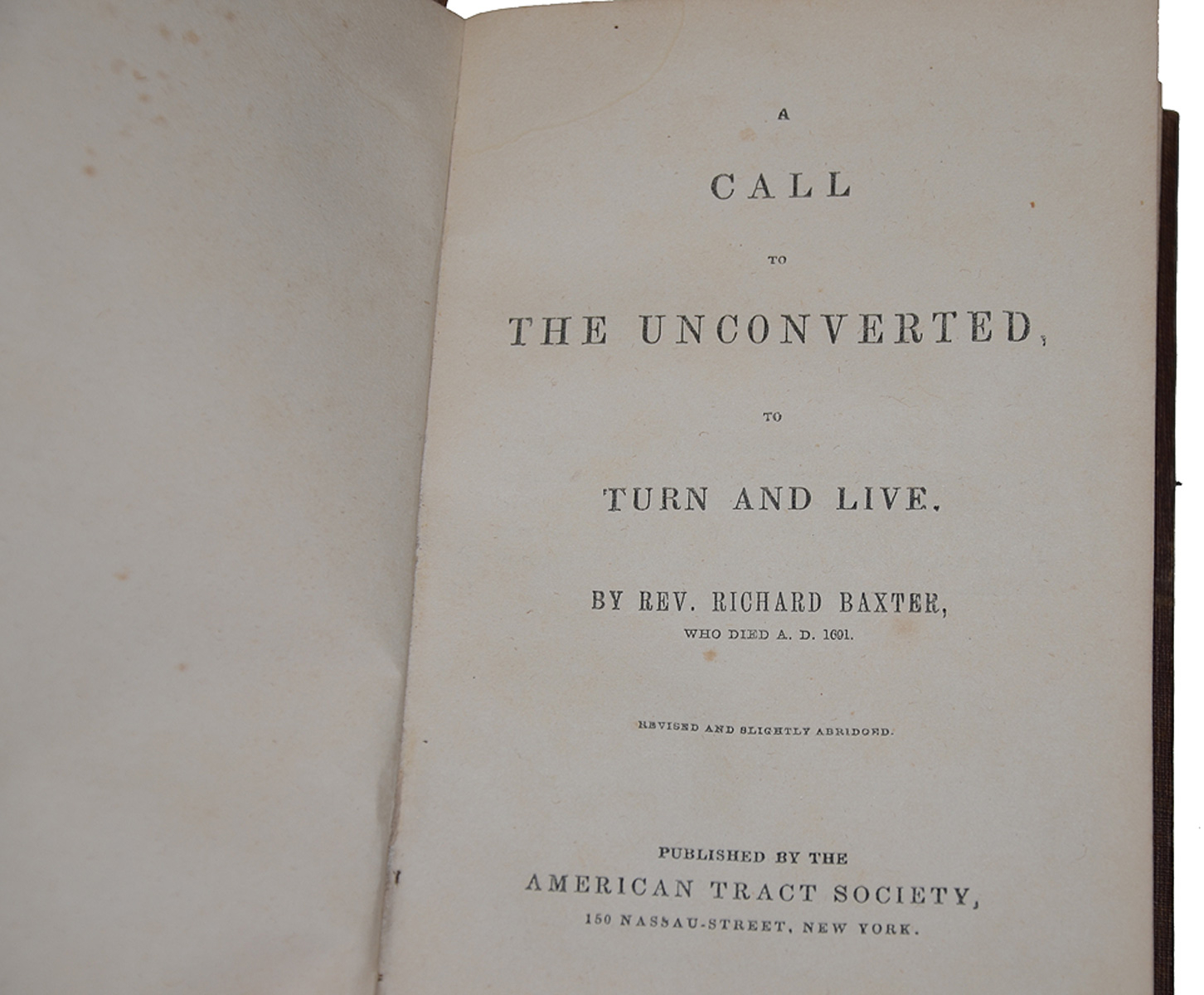
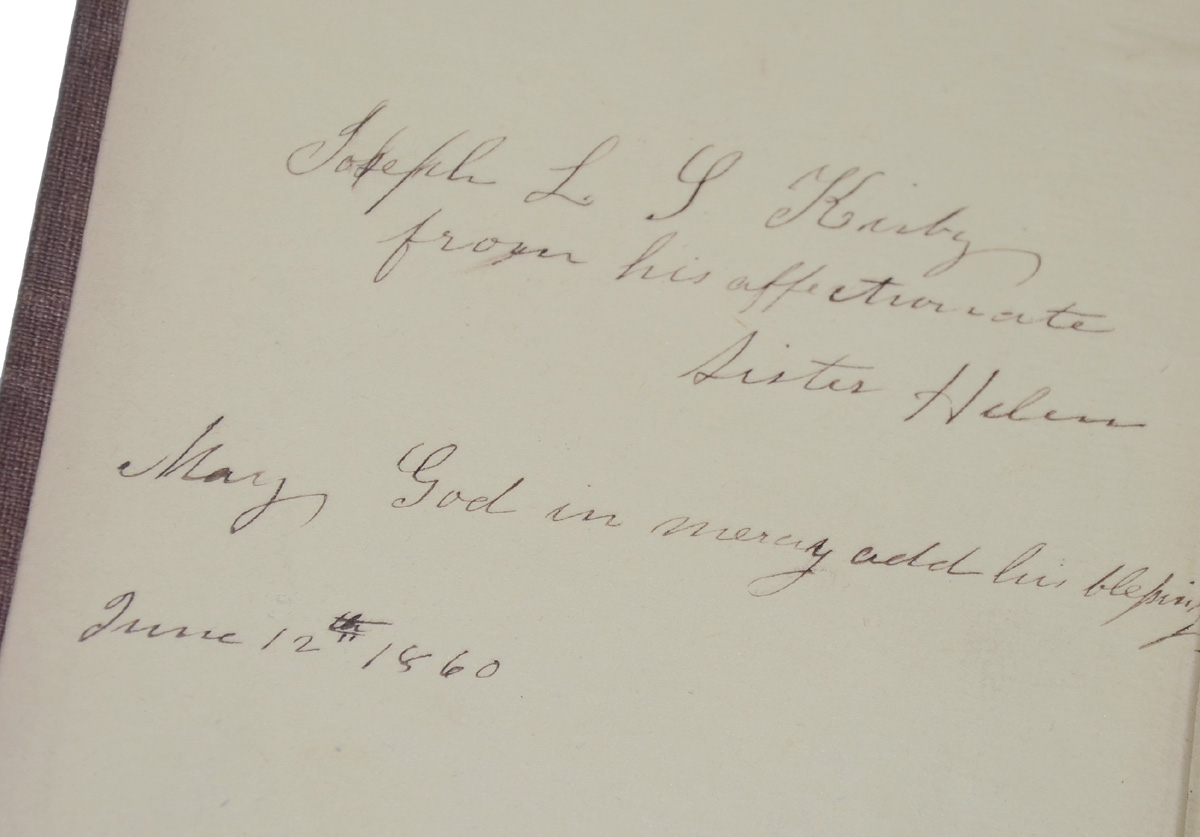
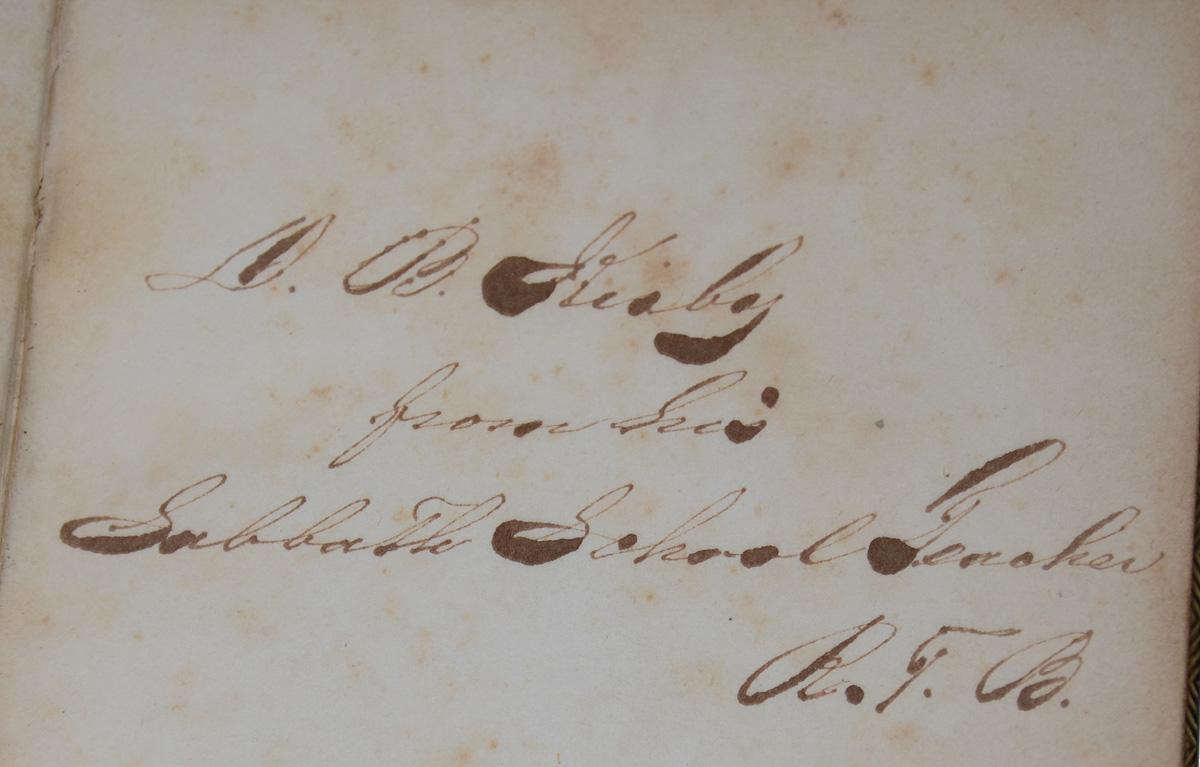
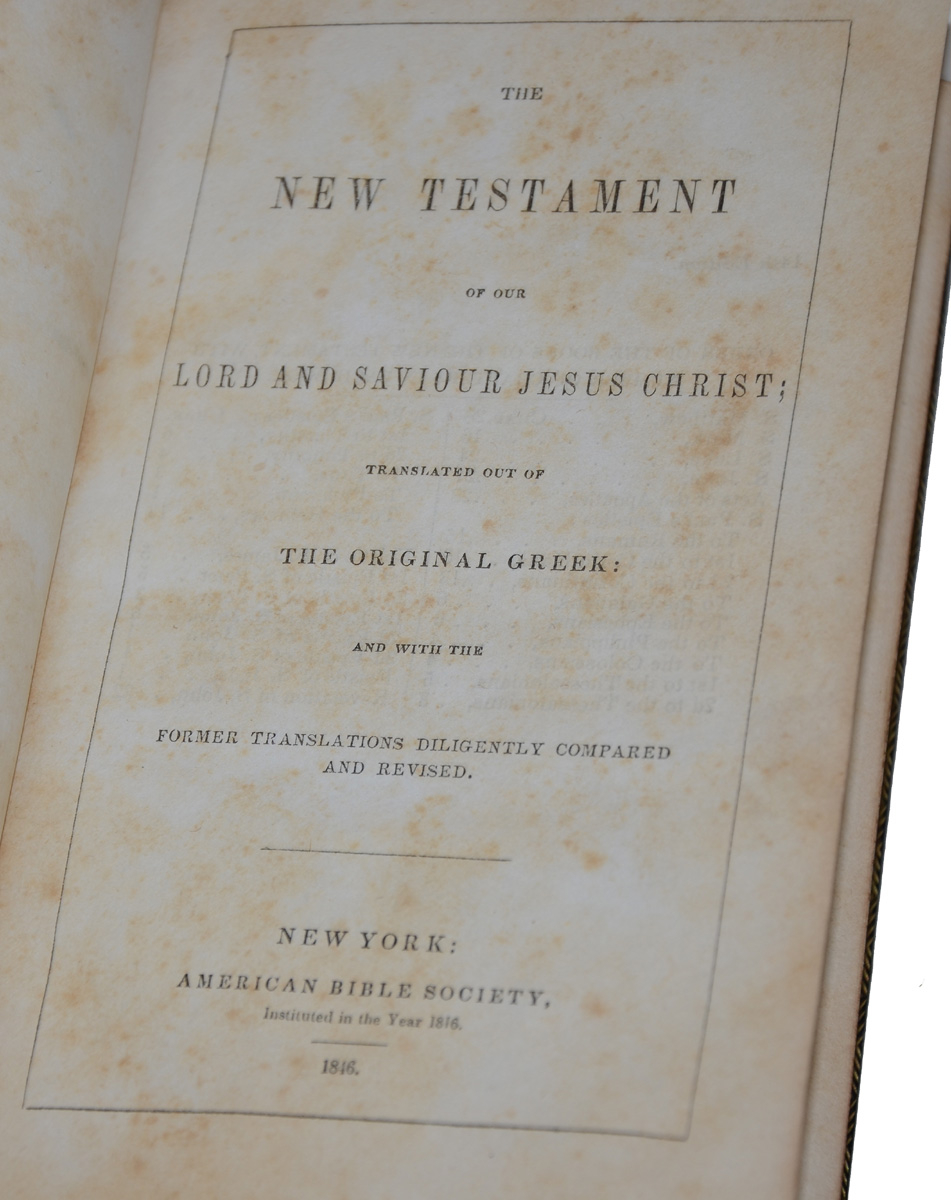
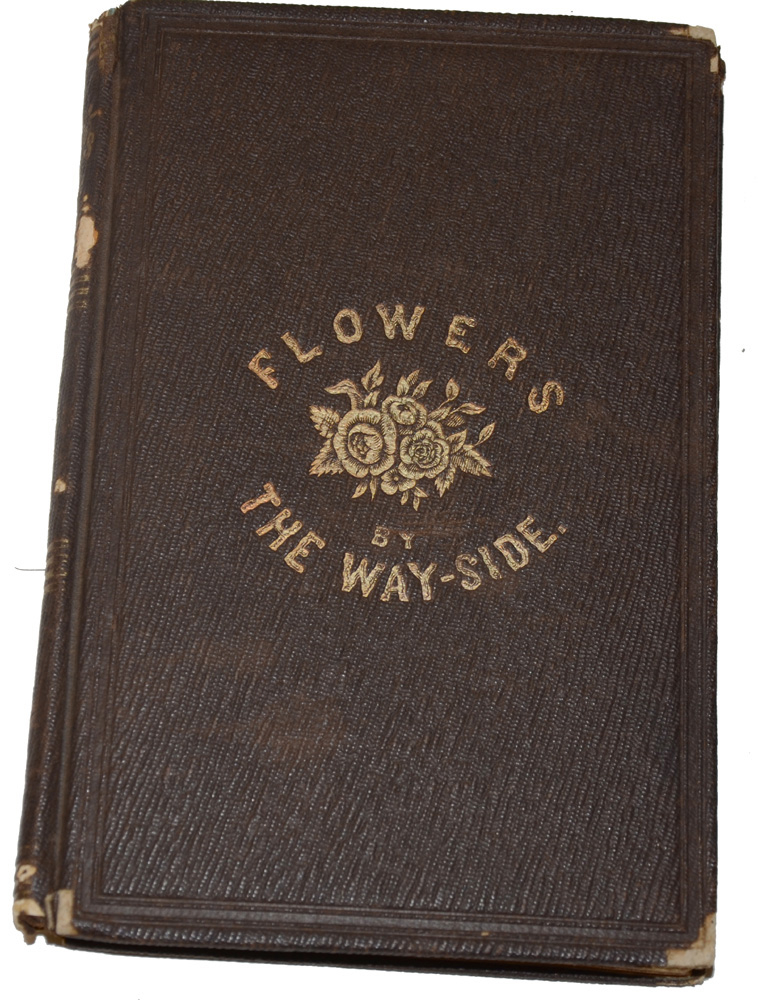
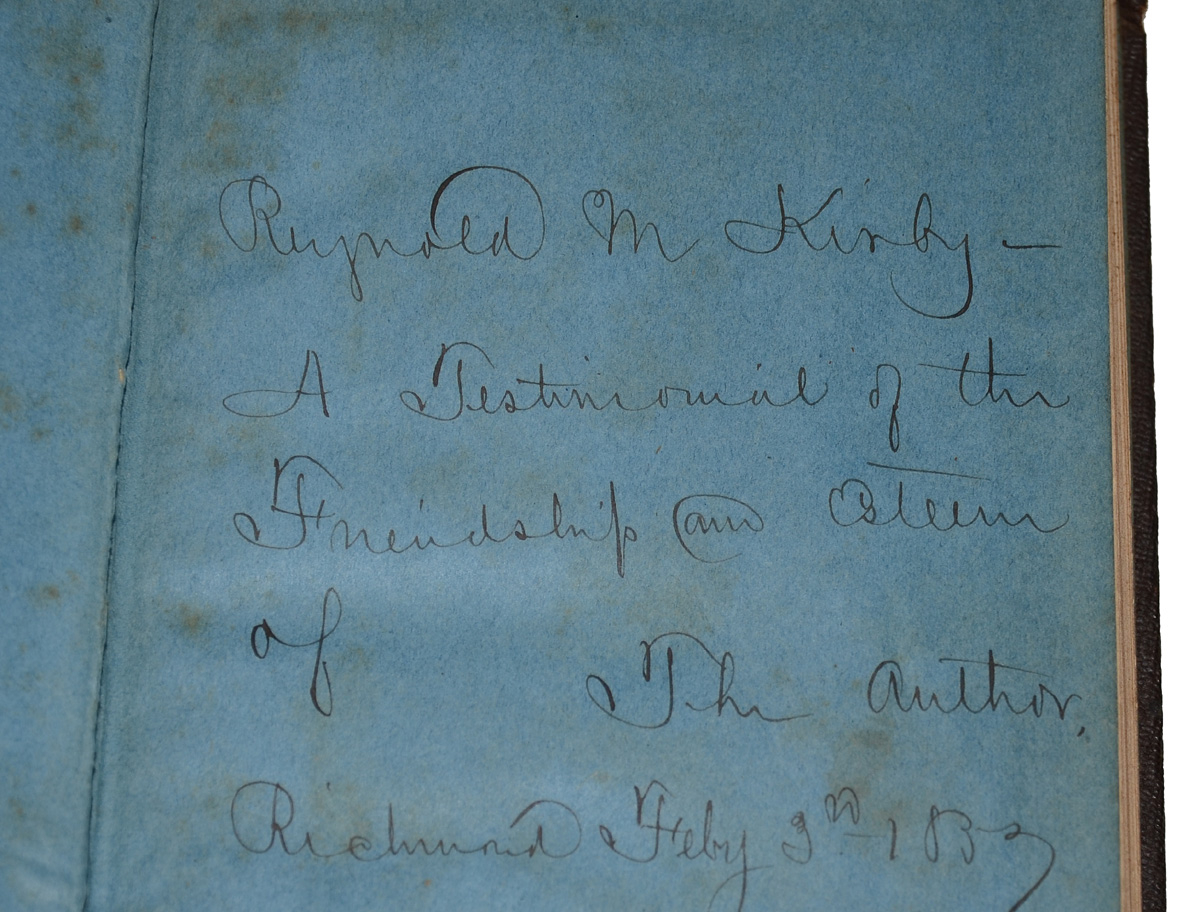
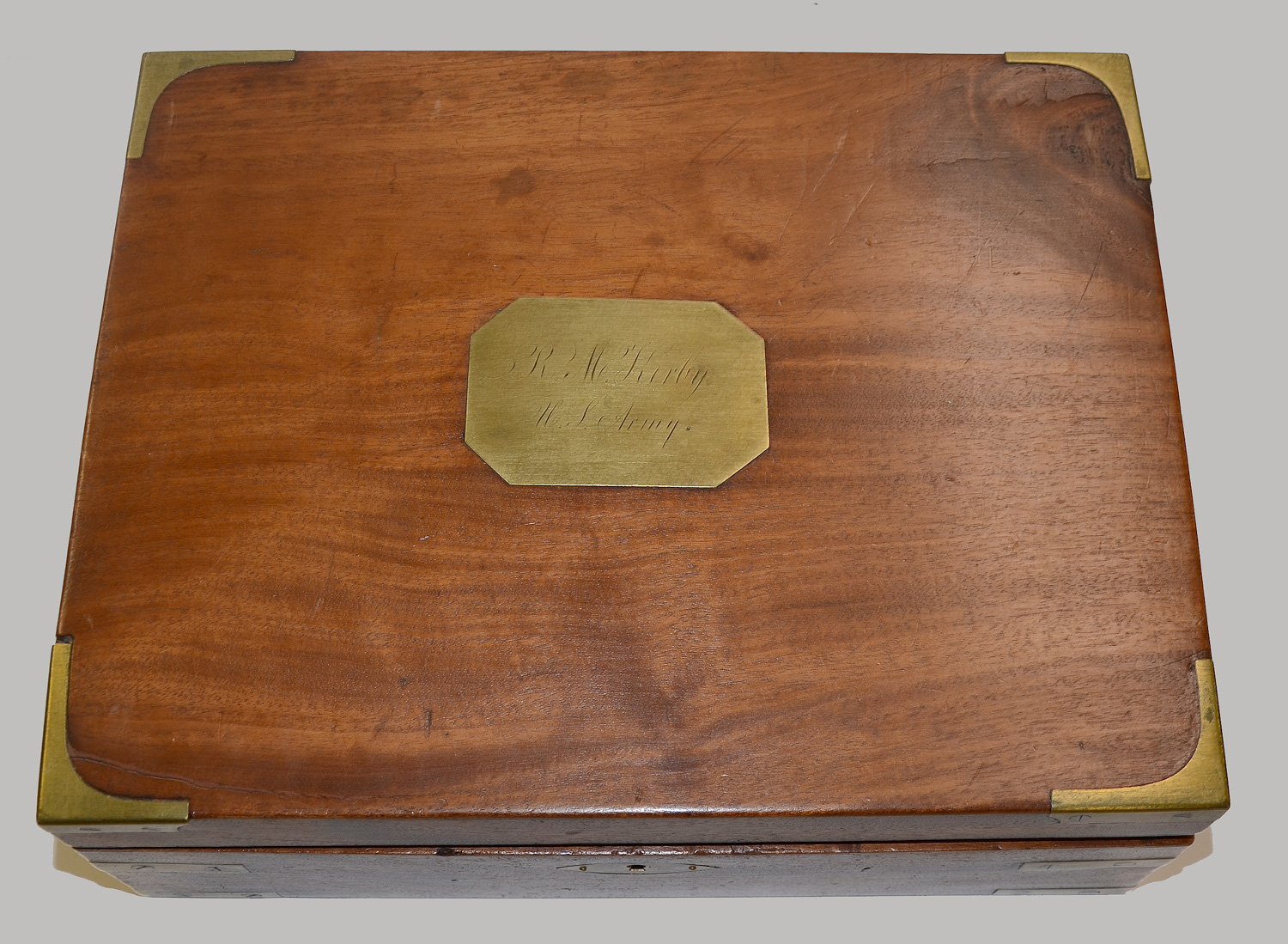
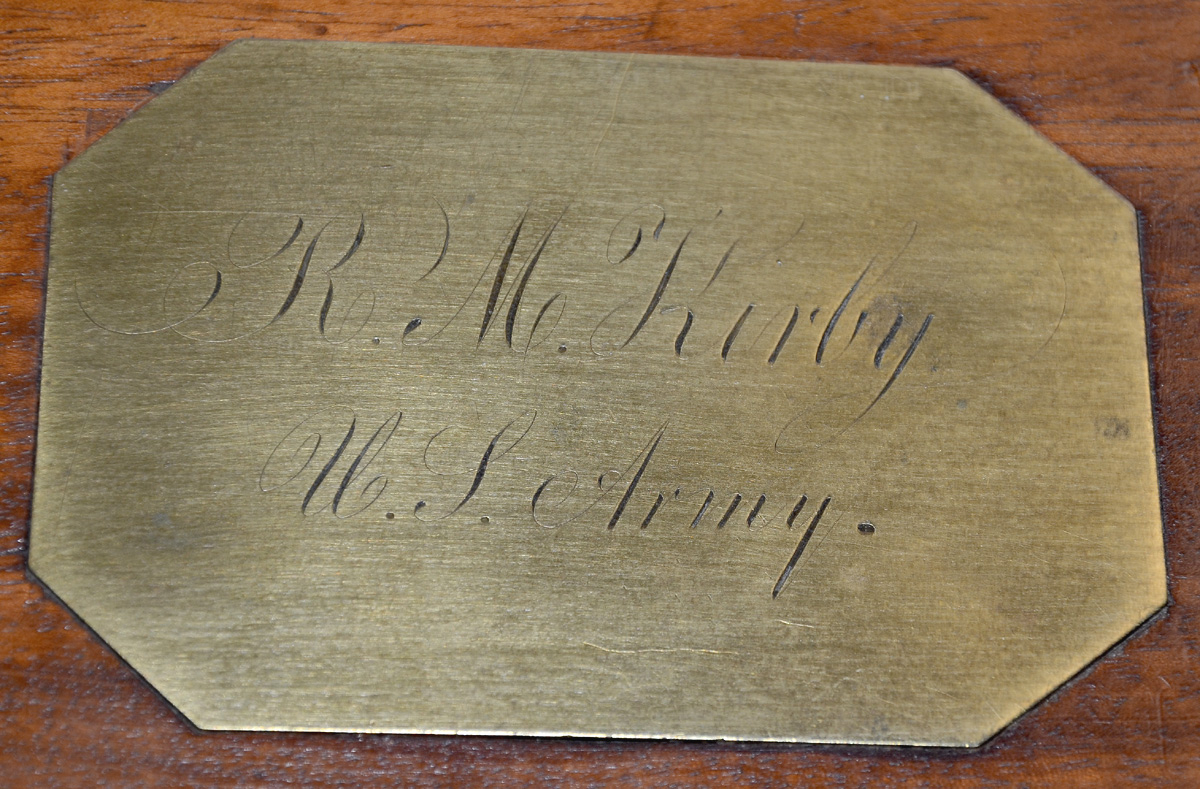
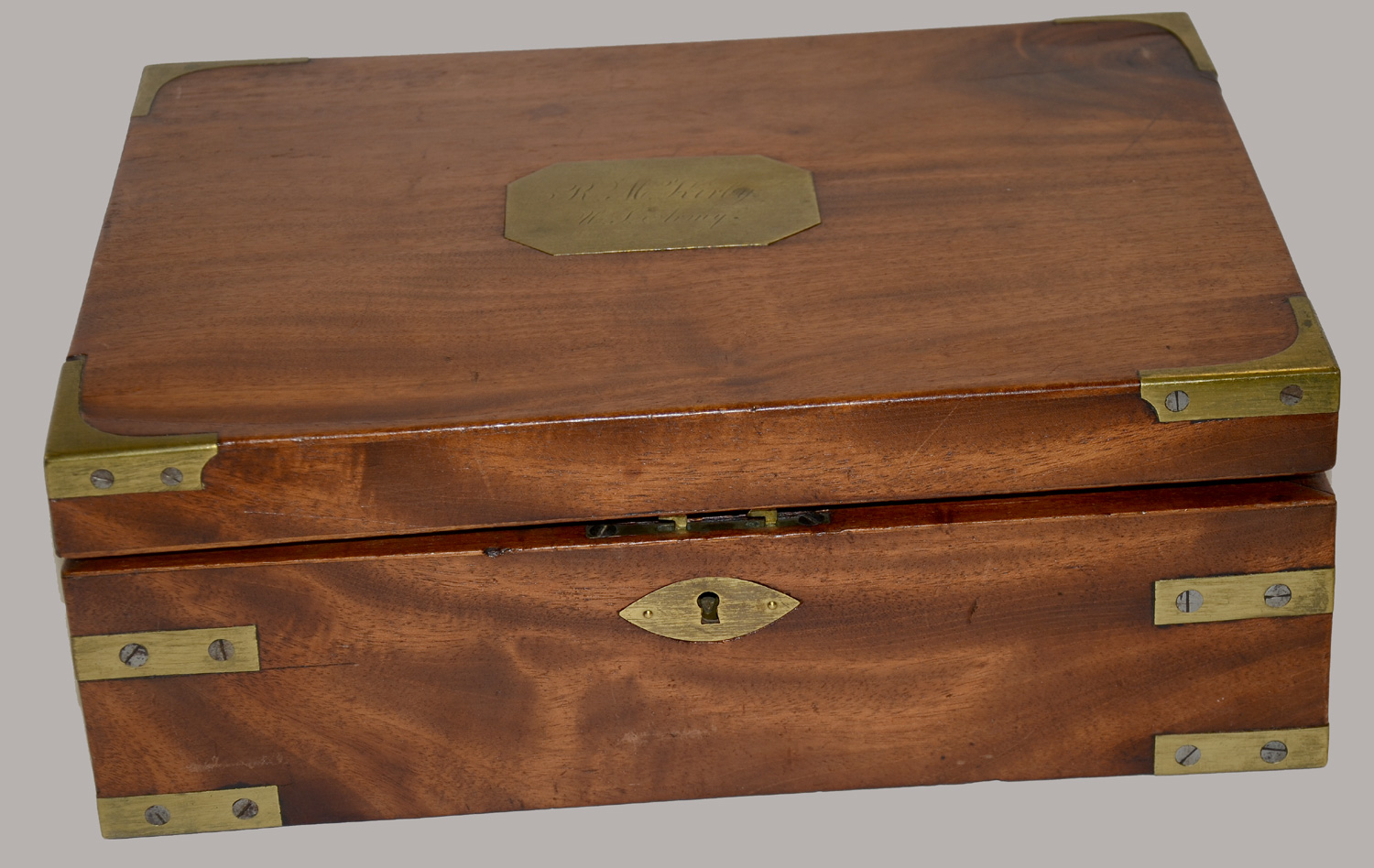
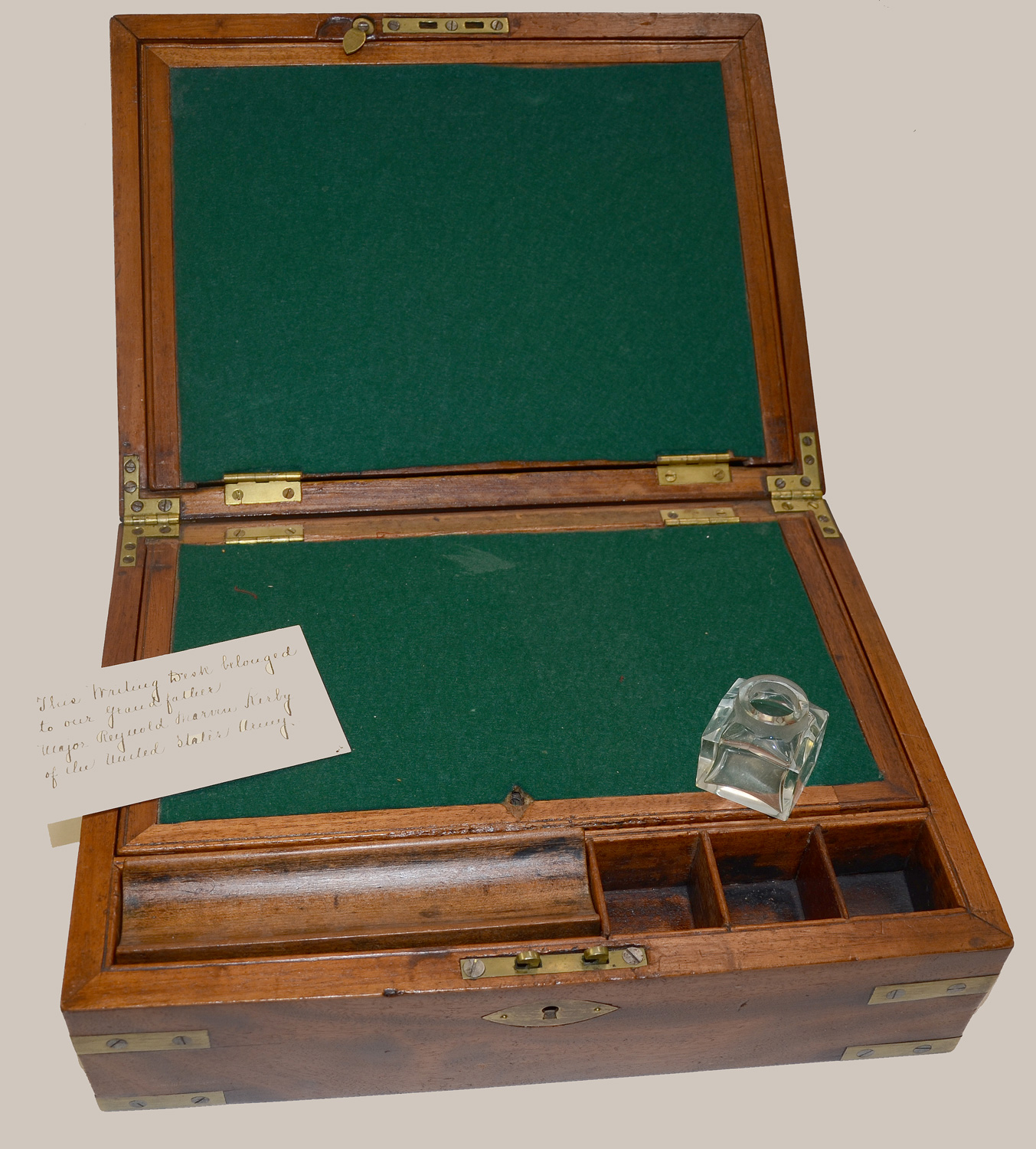
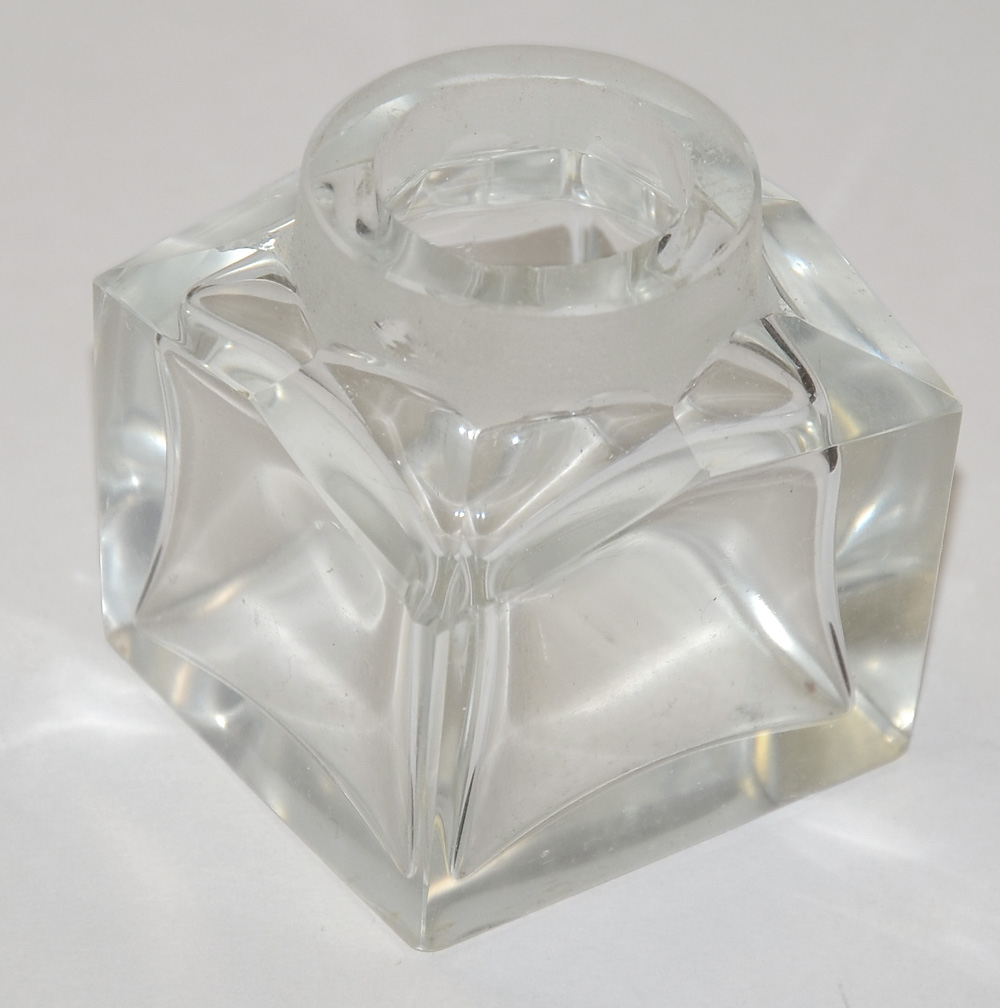
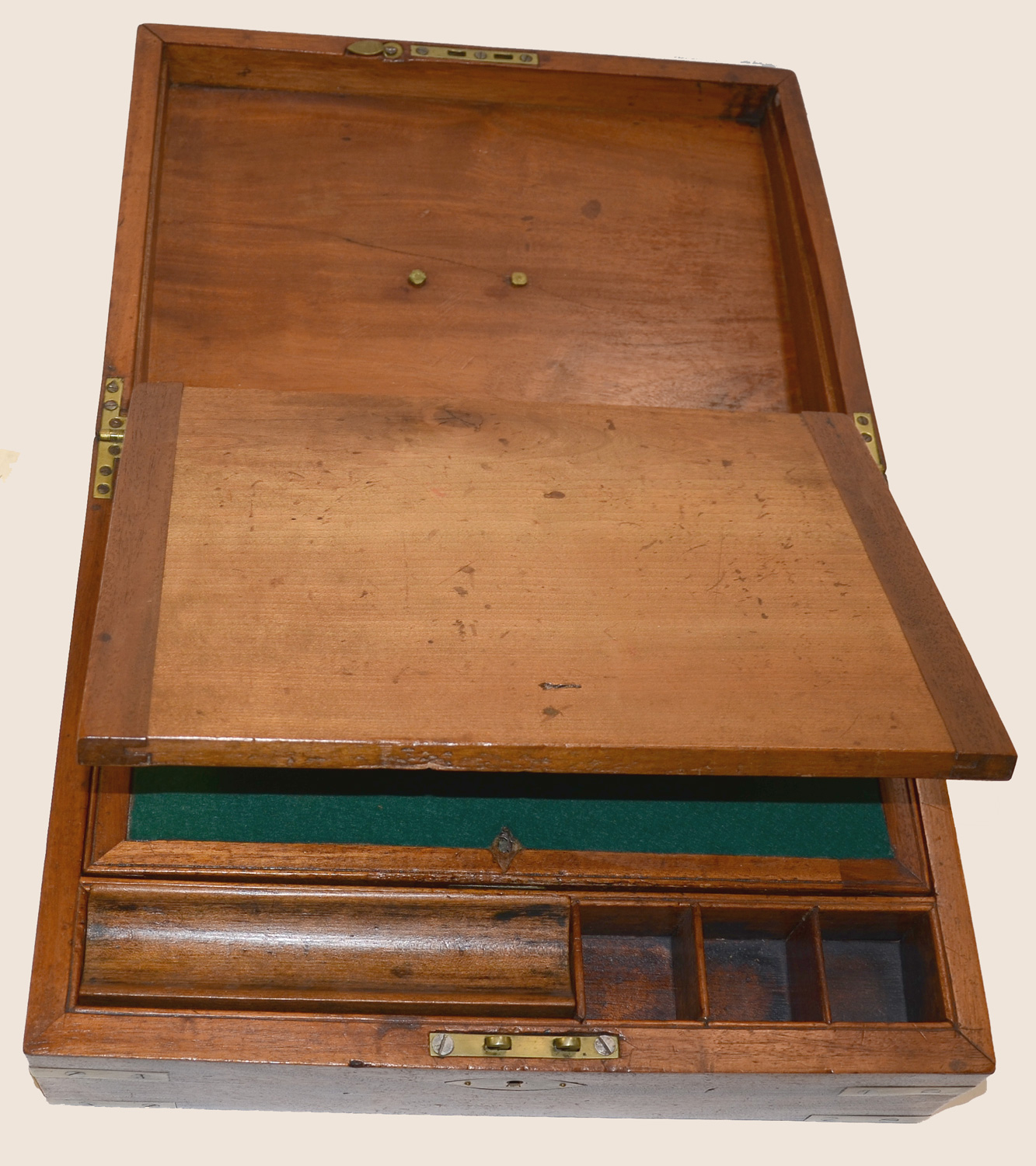

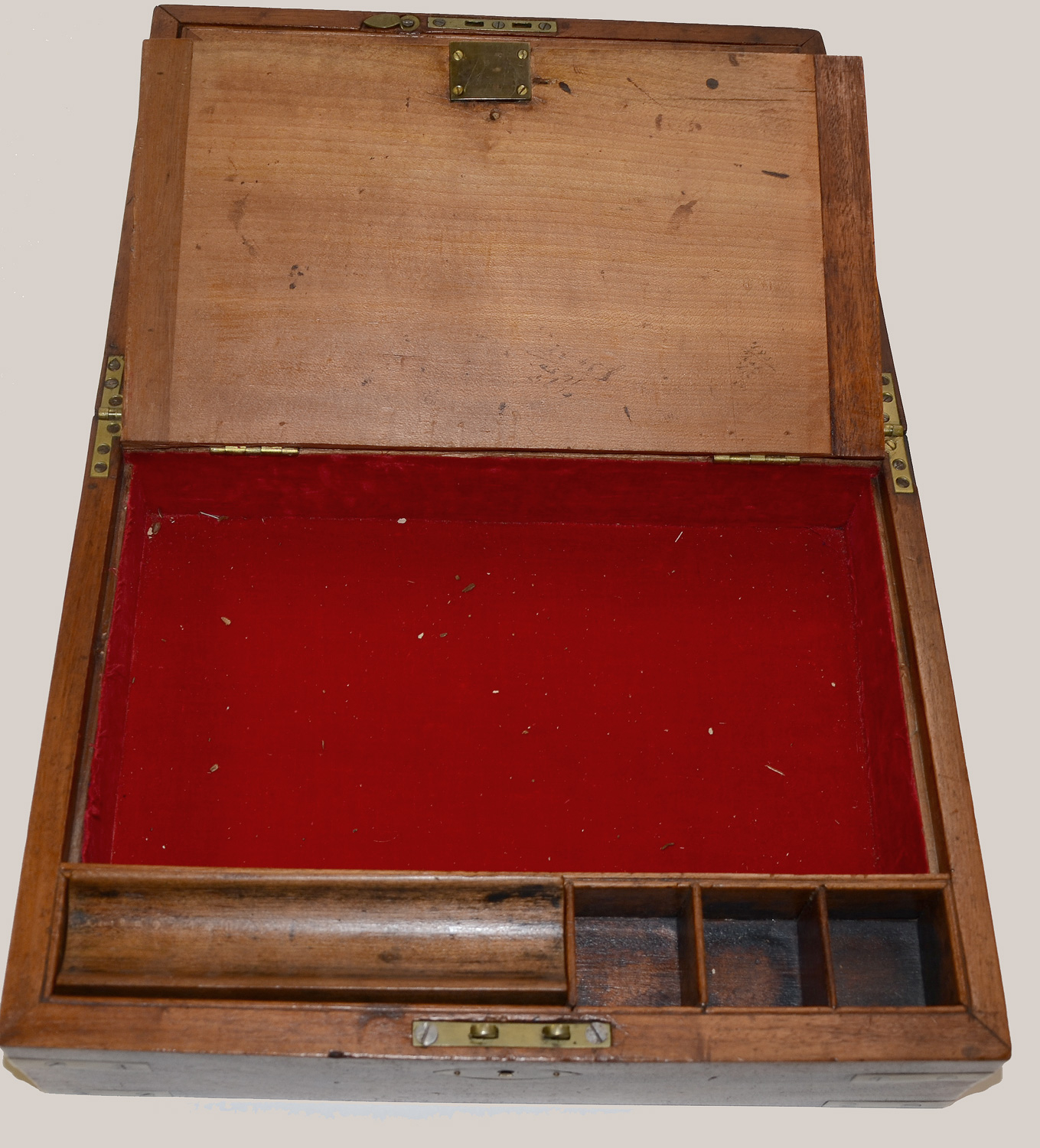
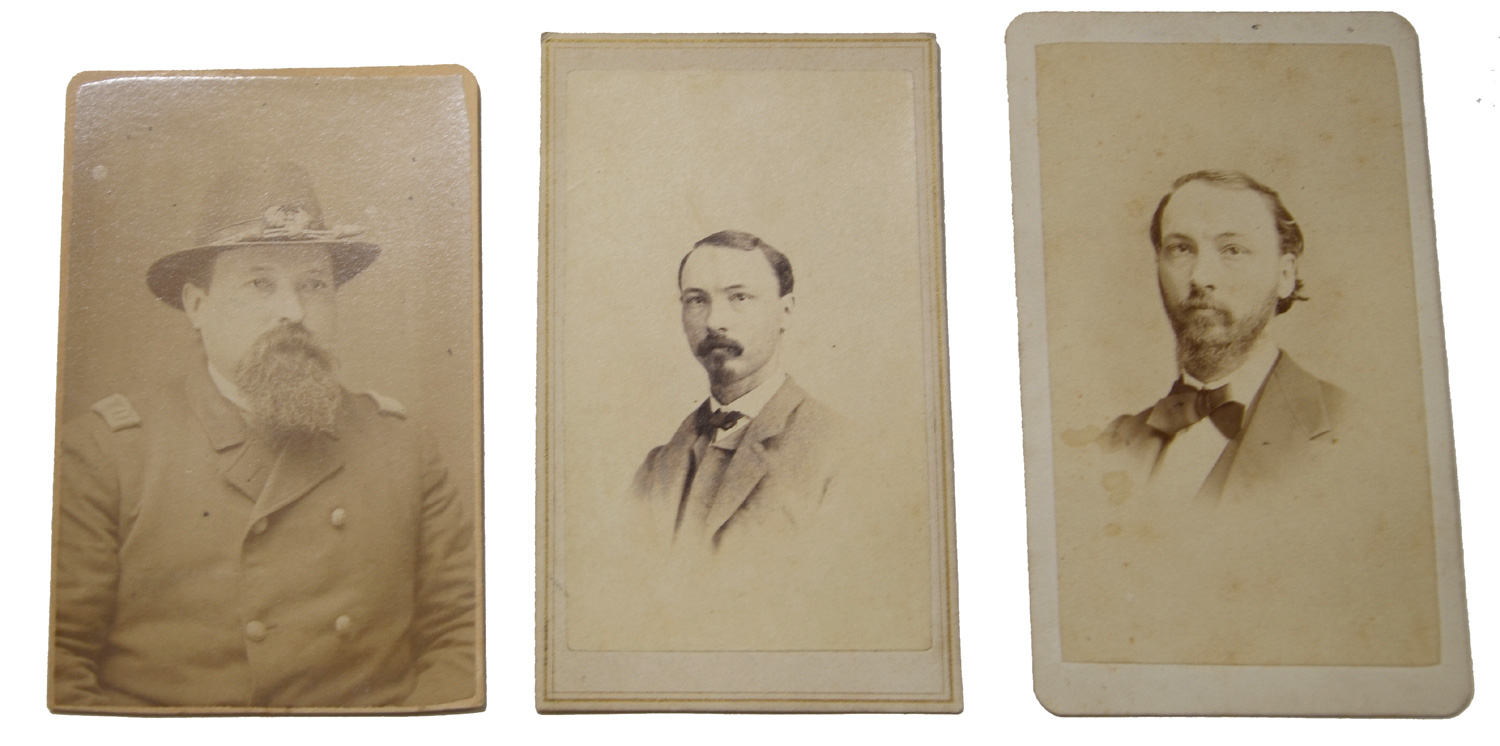
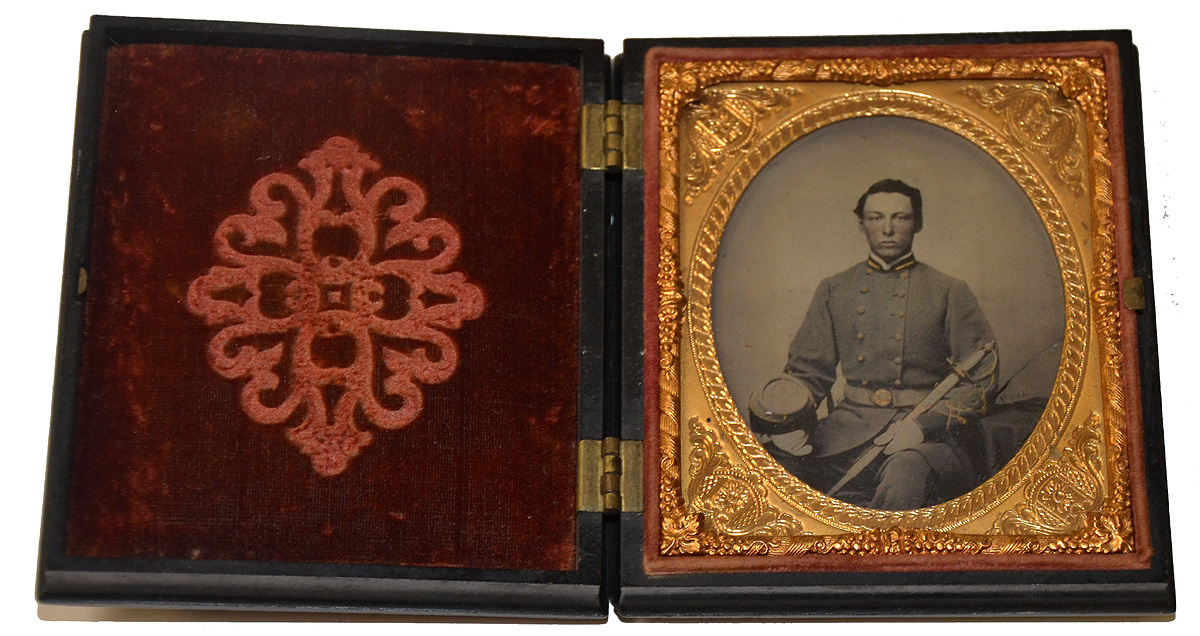
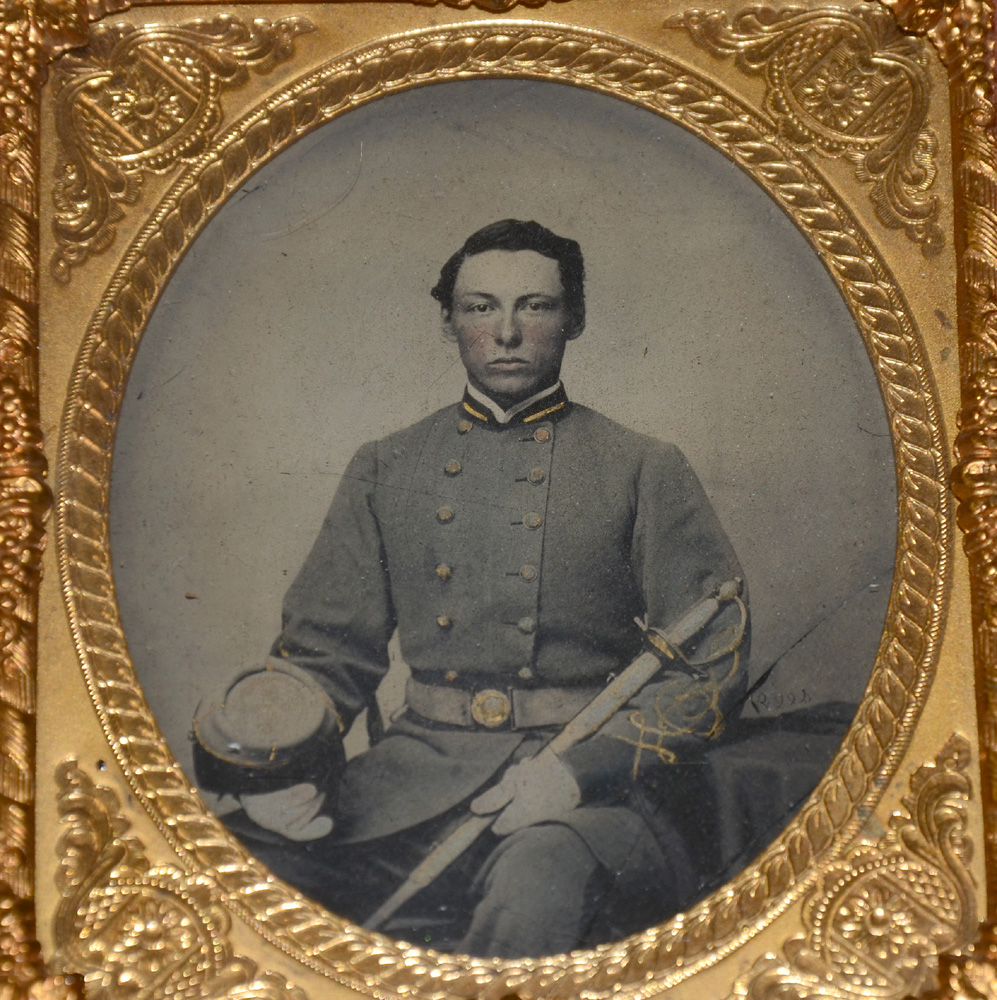
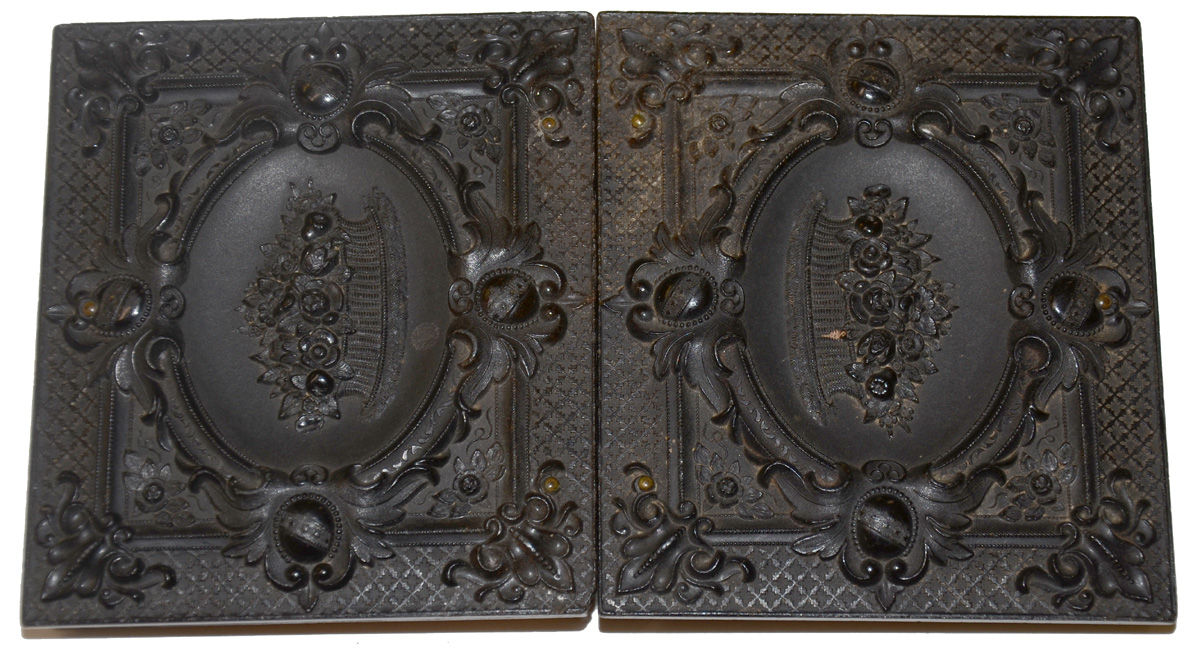
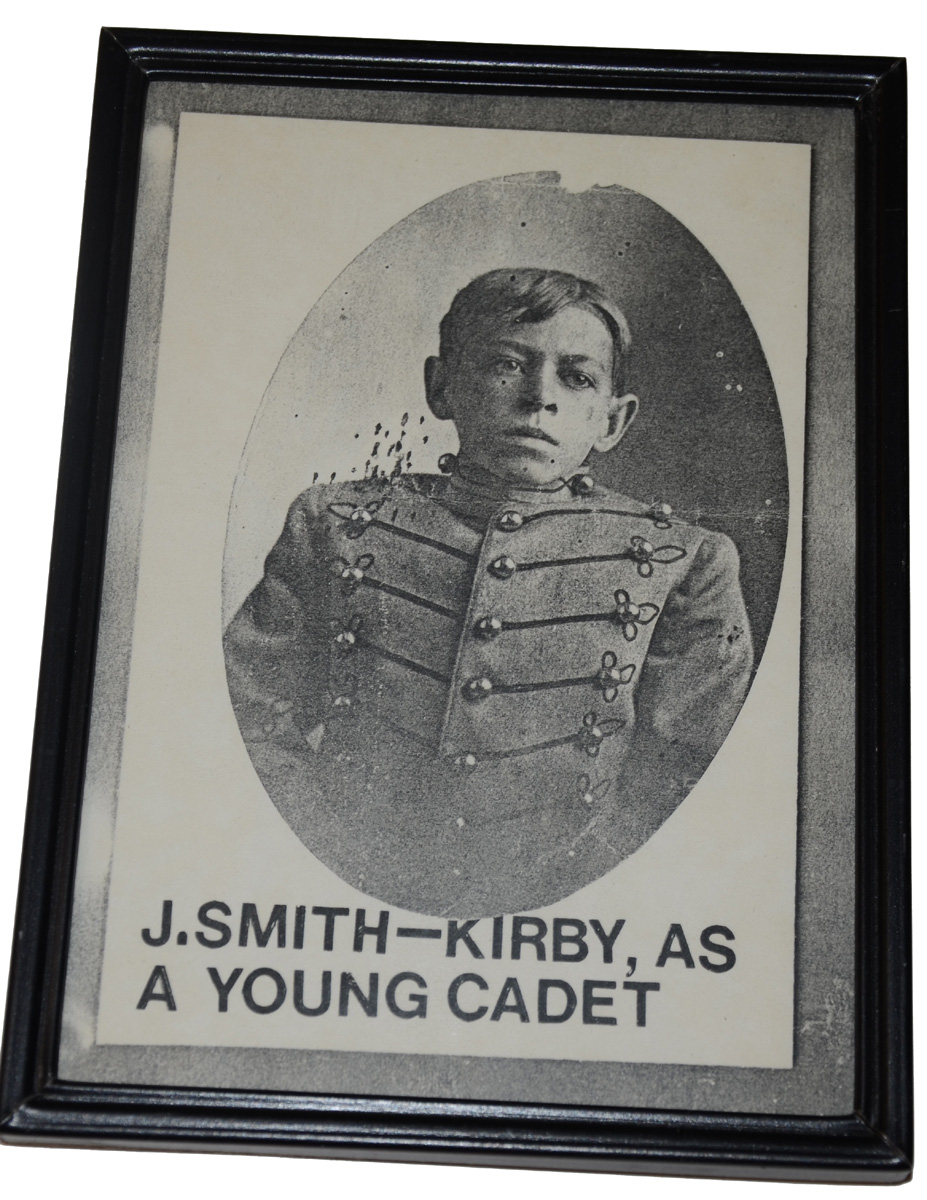
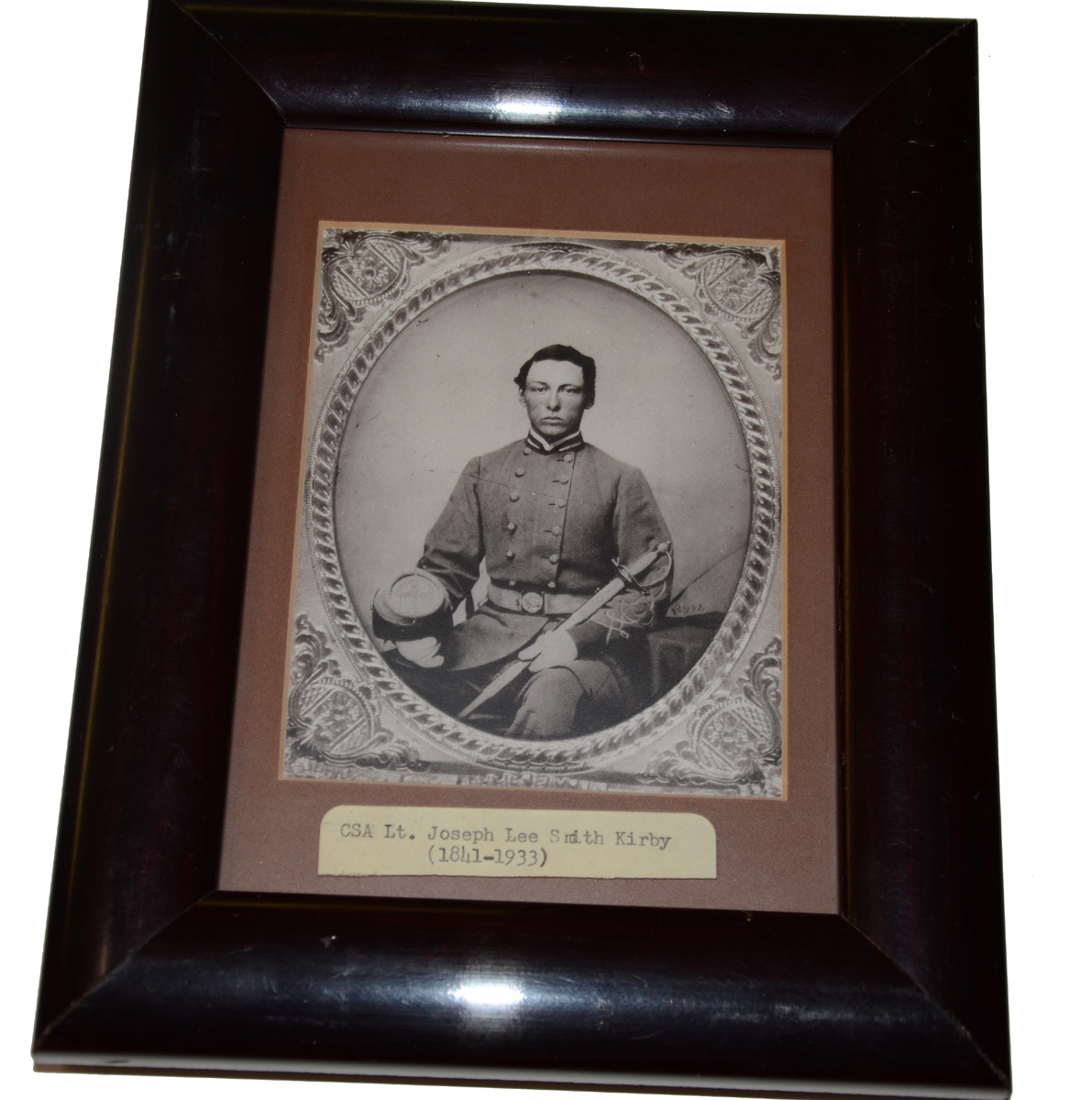
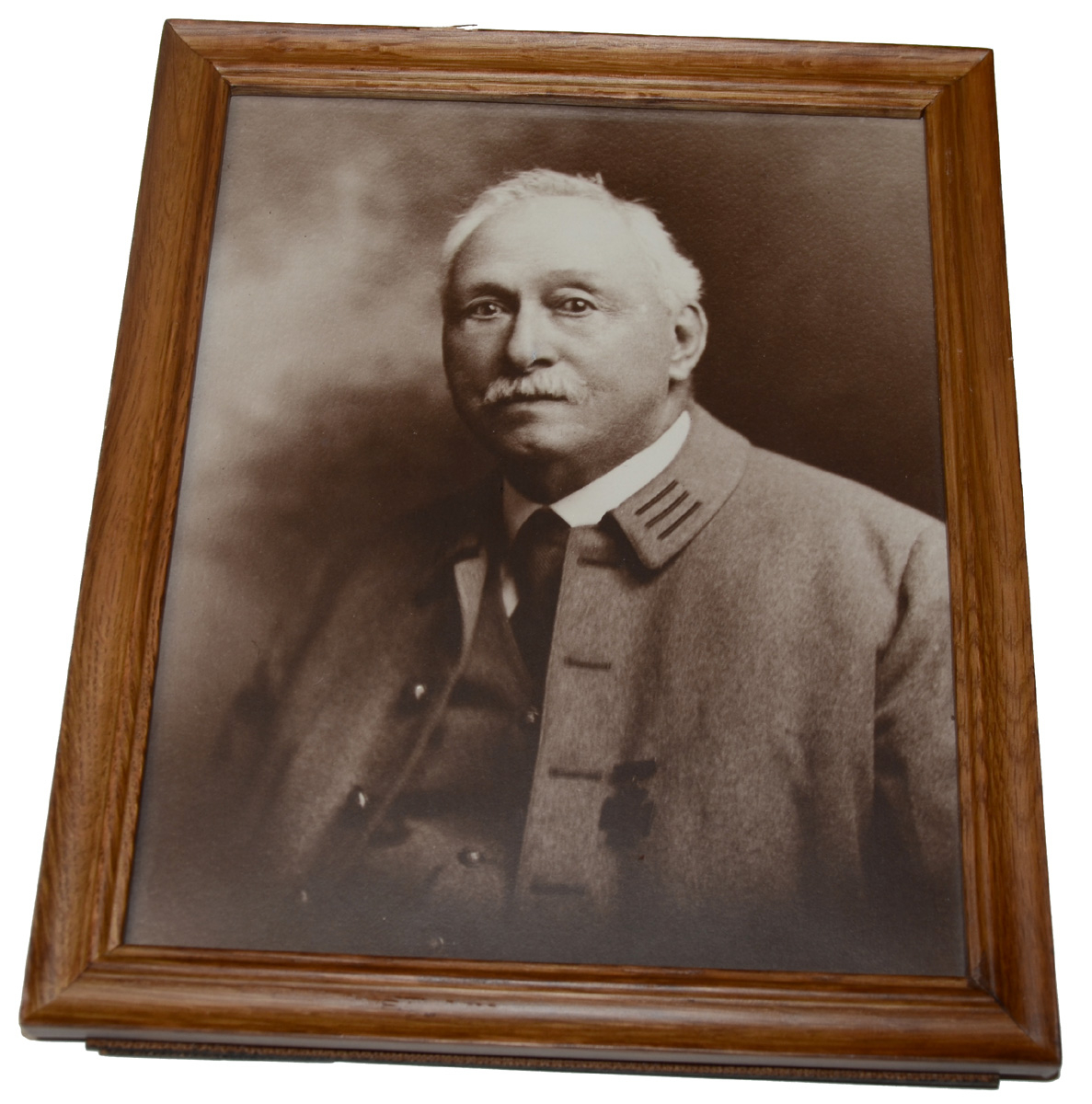
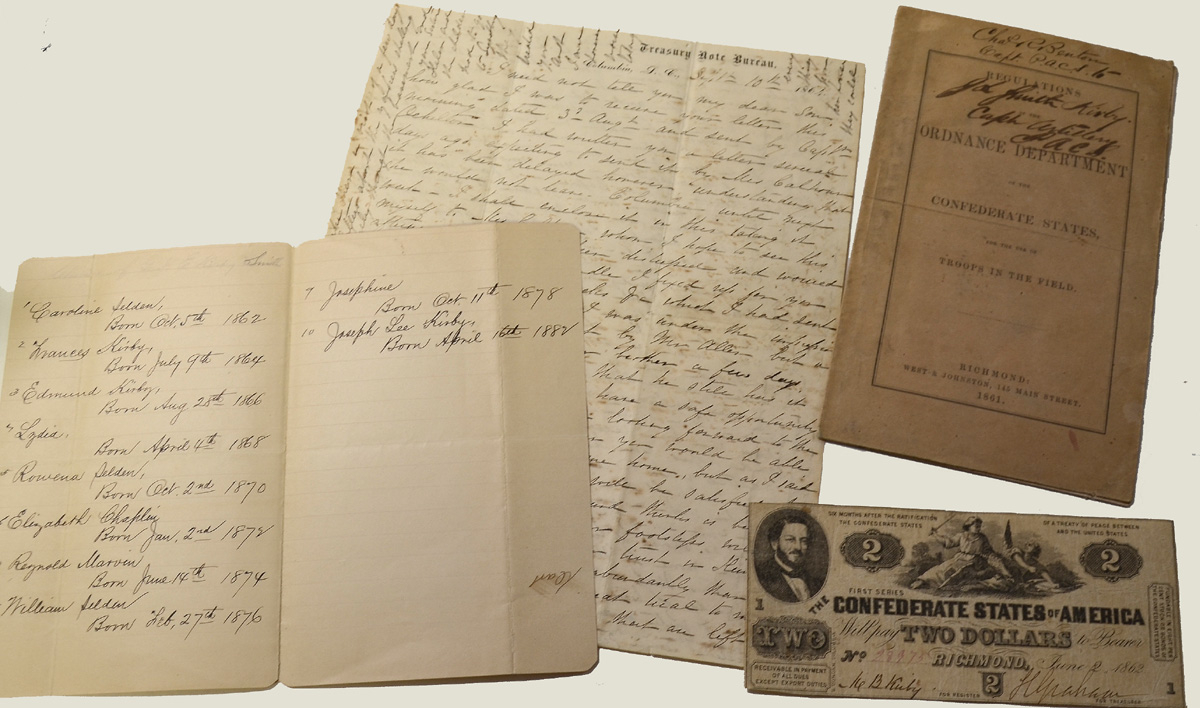
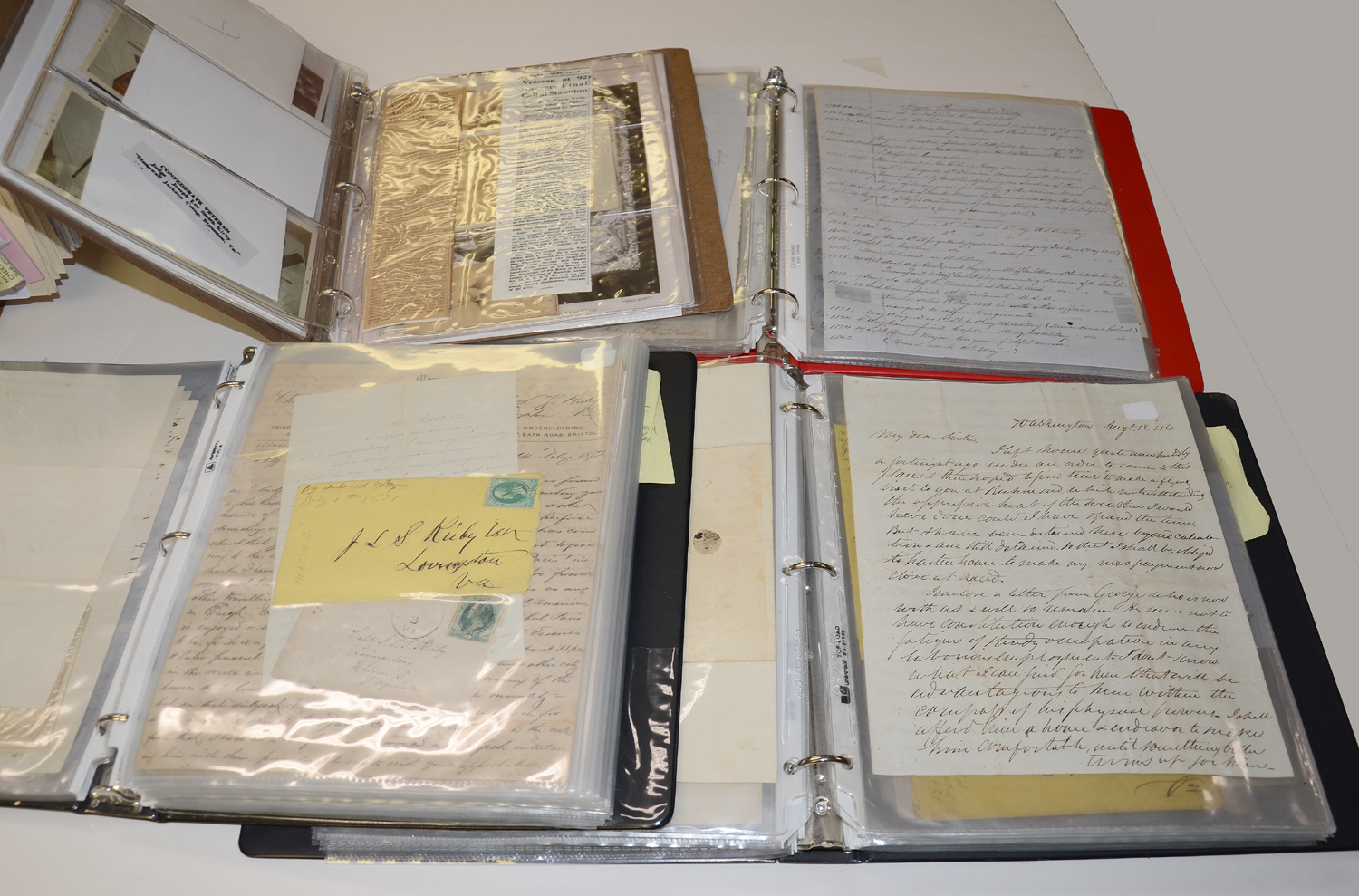
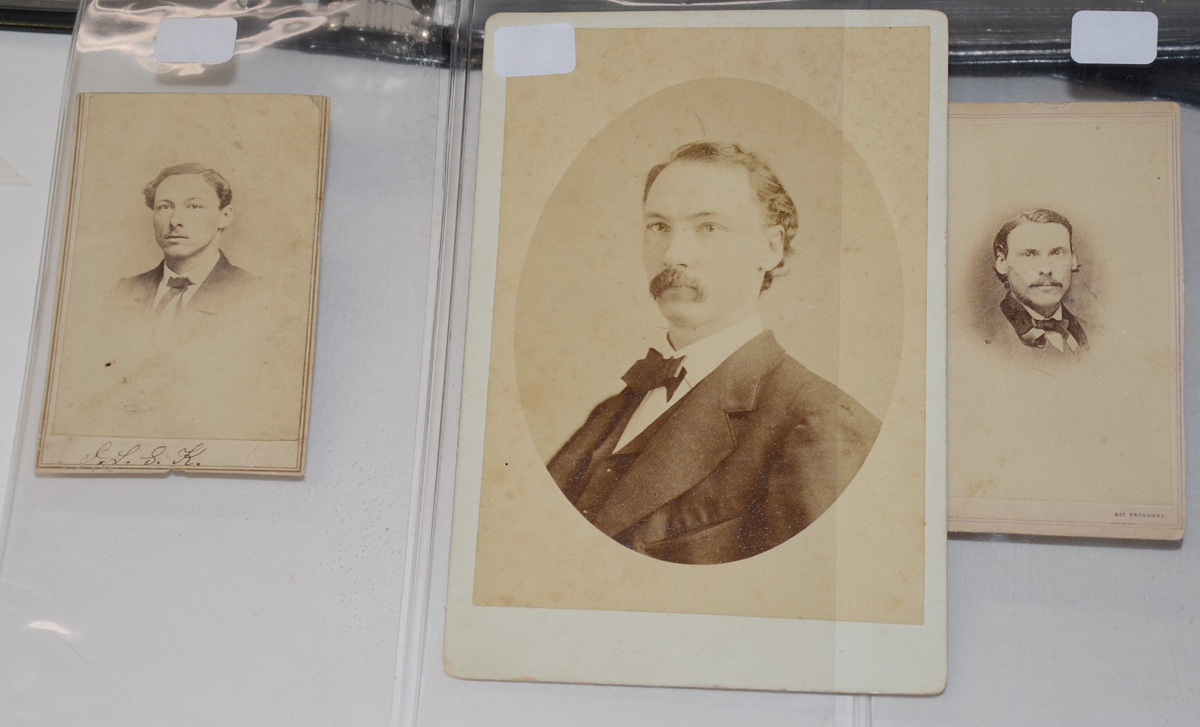
$23,750.00 SOLD
Originally $31,500.00
Quantity Available: None
Item Code: 870-310
This substantial archive descended in the family of Joseph Lee Smith Kirby (4 Nov. 1841- 28 July 1933,) who left West Point to join the Confederate Army in 1861 and was among the last to surrender in June 1865 at Galveston, TX. The extended family was split by the war. Two of Kirby’s brothers died in Confederate service, a third worked in the CS Clothing Bureau, his mother worked in the CS Treasury Note Bureau, and they were cousins to Confederate Lt. General Kirby Smith, on whose staff J.L.S. Kirby served. They were also cousins of Lt. Edmund Kirby, a Union artillery officer commissioned by Lincoln a brigadier general on the day he died of wounds received at Chancellorsville.
The group includes the 1834 pattern U.S. officer’s sword carried in the Civil War by J.L.S. Kirby, which had belonged to his father, Reynold Marvin Kirby, an officer in the US Army from 1813 to 1842. This is evidenced by two things. One is a great, brown-ink tag with the sword, dating about 1890: “Sword belonging to / Major Reynold M. Kirby / 1st Reg. U.S. Artillery / Died 1842 also / worn by his son / Capt. J.L.S. Kirby Co. B. Beatty’s Bat. / Light Artillery C.S.A. 1861 -1865.” Even better is a 6th plate ambrotype by Rees of Richmond showing the younger Kirby seated in the full regulation uniform of Confederate 2nd lieutenant, holding this very sword, with his identification supported not just by tradition, but by an 1865-66 CDV portrait of him in civilian clothes identified in period ink as “J.L.S.K.”
Other artifacts in the group include the elder Kirby’s portable writing desk bearing an escutcheon plate engraved, “R.M. Kirby / US Army,” and an officer’s chapeau red-feather plume in a tin carrying cylinder. The family also preserved an officer’s sash, sword belt and a pair of brass spurs. The belt and spurs were stored in a pasteboard box with a great label indicating they belonged to both father and son, but all three (sash, belt, and spurs) are standard U.S. Civil War patterns and clearly J.L.S. Kirby’s alone, acquired by purchase or capture.
The Kirby family was extensive and characterized by a descendent as “keepers.
The bulk of the material has been recently placed in sleeves and arranged more or less chronologically in two large binders. These include roughly 150 letters and documents from various family members, including a few from Ephraim Kirby (1757-1804,) J.L.S. Kirby’s grandfather, a Revolutionary War soldier, wounded several times, who became a noted jurist and was appointed by Jefferson to a judgeship in the Mississippi Territory, where died there in 1804. There is also genealogical material gathered from various cousins in 1800s regarding Ephraim Kirby, including several transcripts of his letters and one original note inviting him, as a lieutenant, to dinner with Lord Stirling, whose headquarters guard he commanded late in the war. Other material includes an 1813 letter from R.M. Kirby’s brother Edmund, also a long-term US Army officer, to a sister that mentions R.M. Kirby recently joining the army, a long poem found among R.M. Kirby’s papers, a few military documents, several obituaries, letters of condolence, and summaries of service put together by the family. A few pieces are from or addressed to the Russell family, into which one of R.M. Kirby’s sisters married. Roughly half of the archive are letters received by J.L.S. Kirby from 1865 to the late 1900s and up to his death in 1933, which includes letters to and from his brother David.
Wartime documents include four general orders containing assignments of J.L.S. Kirby, along with a letter to him from his sister and three letters written to him by his mother, one on official Treasury Note Bureau stationery (along with a two-dollar note carrying her official signature,) a December 1864 letter from him to her, and an 1861 Richmond printing of the “Regulations of the Ordnance Dept. of the CS,” inscribed to “JL Smith Kirby Capt Artillery PACS,” with pencil notes inside cover for ranges of a 6pdr field gun.
Kirby had entered West Point in 1860 and there are three letters from him during that period, and one to him from his sister in Richmond. Kirby’s CMSR records show he had solicited a commission from the Governor of Virginia as early as November 1860 and from the CS government even before the firing on Ft. Sumter. When he went south he may have been accompanied by his brother David, who worked in NY City both before and after the war, and during the conflict seems to have been employed as a bookkeeper in the CS Cothing Bureau. Brother Reynold (Jr.) died of disease in July 1861 while a private in the Richmond Howitzers. Brother Edmund was killed in action at Chickamauga as Lt. Colonel of the 58th N.C.
Joseph served briefly as a “Junior 2nd lieutenant” in the 4th Company of the Richmond Howizters, but obtained an appointment as “Cadet in the Infantry Corps” of the CS Army in Fall 1861, pending a commission as 2nd lieutenant on his twenty-first birthday according to his CMSR files. This was likely arranged through the influence of General Edmund Kirby Smith (son of R.M. Kirby’s sister Frances.) Original documents include special orders dated 10 November 1862, right after his birthday, ordering him to report for duty to Kirby Smith, then commanding the Department of East Tennessee at Knoxville, and soon after, the Department of the South West at Alexandria, LA, where another orders him to report on 26 January 1863 as A.A.D.C., Acting Aide-de-Camp. A third original document is a somewhat joking order from Kirby Smith at Alexandria dated 10 March 1863 appointing young Kirby as “Grand Equery” and “Master of Horse” on his staff. All of which gives a time frame of November 1862 to March 1863 for his departure from Richmond and taking of the Rees image.
As member of the general’s personal staff, Kirby does not show up in rosters of the general staff, but seems to have remained in that post until 27 September 1863, when an order in his service file shows he was appointed, “Captain of Artillery,” and sent to commmand a battery at Columbus, Texas. Family tradition holds that he served throughout the Red River Campaign, which lasted until late May 1864 and may indicate an active field command in the artillery. By July 1864, however, he seems to have transferred into the engineers. An order in the papers dated 16 July 1864 from “Headquarters Trans-Mississippi Department” at Shreveport, refers to him as Captain in the “Pontooniers,” and when is paroled at Galveston, TX, 20 June 1865, his is listed as Captain of “Co. H 4th Reg. Engineer Troops.” The date and location of his parole indicates he had stayed with cousin Kirby Smith to the end. In addition to the four wartime special orders, the inscribed ordnance instructions, and letters to Kirby from his mother and sister, there is a somewhat despondent six-page letter in pencil to her from Shreveport dated 27 December 1864, the result of some illness and homesickness that he had not been home in two years.
While Kirby Smith fled briefly to Mexico at war’s end, J.L.S. Kirby returned to Richmond and by the end of 1865 had even visited New York, where his brother David had returned, and had some communication with his cousins. Two 1866 letters written to him by Kate Kirby, likely the daughter of his uncle Edmund, more than hint at a failed romantic involvement, and mention her return to him of an ambrotype he had sent her during the war, most likely the Rees image.
Kirby studied law after the war, became a judge in Nelson County, Va., and was active in the U.C.V. In addition to the two large binders containing correspondence up to about 1900, two more contain a cdv of him, labeled “J.L.S.K.” in civilian clothes with a tax stamp (thus predating Fall 1866,) a cdv of his brother Reynold, also in civilian clothes, a cabinet card that is likely him or his brother David, and a large ca. 1900 studio portrait of him in a UCV captain’s coat, along with manuscript biographies of Ephraim Kirby and R.M. Kirby, transcribed letters of Ephraim Kirby, etc. It seems that Joseph and David Kirby remained in contact until David’s death in 1920 and were assembling materials for biographies of both their father and grandfather. A fifth binder contains mostly photocopies of original material in the other binders, and there is some modern correspondence related to the sword and photos of all the material laid out.
This is a large grouping that displays very well, with the sword, ambrotype, desk and equipment as centerpieces. It has excellent documentation and a depth of supporting material that repays study, representing a family divided by the war and the price paid by them all.
NOTES
SWORD: Excellent. Scabbard firm, with good color and surface, just minor crackling to the finish lower down, but no bends, breaks, losses, or repairs. The brass mounts show rubbing, but with areas of gilt finish and match the sword hilt. Carrying rings and frog stud are in place. Excellent silvered ribbed grip, gilt brass pommel, knucklebow and boat shell guard. The top of the pommel, edges of the guard, and the quillon show aged brass from rubbing, but the guard has substantial amount of gilt left inside and out, at least 60 percent. The blade pad is in place and the blade is the standard configuration: straight, double-edge with narrow central fuller, 31 1/2 inches long. The obverse ricasso correctly shows a JAJB inspector stamp and reverse the ORD stamp (just a little light on the “O.”) (For this pattern the government inspected the swords, but insisted Ames sell the swords to officers privately, nearly bankrupting the company.) The obverse etching includes an urn with flowers, crossed cannons with a draped base beneath and crossed US flags above with halberd-headed pikes, a transverse U.S. with laurel wreath top and bottom, and an American eagle with arrows and olive branch with a bannerole in its beak, thirteen stars overhead with a sunburst “glory” and swag draped arch at top. The reverse bears similar upper motifs with “N.P. Ames / Cutler Springfield” minutely dry-point etched in a scroll at bottom with a vase and tall flowering tendrils reaching up to the US and laurel wreath. The blade is bright, with good edge and point. It shows a very few, small gray spots high up and above the etching. The blade was obviously well cared for, wiped down but not polished, so the etching and frosting are thin, but fully visible. The accompanying brown ink note is preserved in a plastic holder attached to the hilt with twine, but shows a punched hole at one corner showing it had been attached to the hilt directly in that manner.
AMBROTYPE: 6th plate ambrotype by Rees of Richmond, housed in an excellent thermoplastic case, shows J.L.S. Kirby in the regulation uniform of a Confederate 2nd lieutenant. He is seated, wearing a gray frock coat with dark collar and cuffs, sleeve galoons, wearing a sash and sword belt, holding his regulation cap, and cradling this sword. The quality of the image is superb. The artist only lightly gilded his sleeve and collar rank insignia, and the outer rim of his round, interlocking belt plate. The shape of buckle and texture of the belt suggest it is the regulation white buff 1834 pattern. The condition is excellent. We see two hairlines at lower right that are barely visible and stable. The identification is supported by other images of him in the archive, including a CDV of him in civilian clothes identified in period ink as “J.L.S.K.” and bearing a federal tax stamp, thus dating it before August 1866 and after his surrender in June 1865. The archive also includes two 1866 letters from Kate Kirby (likely his cousin,) one of which mentions that she has returned to him, “the ambrotype you sent me during the war.” (There was clearly some romantic involvement.)
SASH: Very good. Just minor wear to the tassels and typical dye shift to maroon.
BELT: US 1851 officer’s pattern. Very good. Partial tear to short sling. Safe is detached, but bears a Kittredge, Cincinnati, mark.
SPURS: Typical brass US cavalry spurs. Rowels good. Much gilt finish. One spur strap survives with the loose belt safe and a short postwar sword belt sling.
DESK: Very good. Wood, folding, with brass binding and handles. 11 by 14 by 5 ½ inches. Interior writing surface replaced with green felt at some point. Inkwell and pen inside.
PLUME: red feathers with brass ferrule. Not examined out of cylindrical tin carrying case.
ORDNANCE REGULATIONS: 1861 Richmond printing of the “Regulations of the Ordnance Dept. of the CS,” inscribed to “JL Smith Kirby Capt Artillery PACS,” with pencil notes inside cover for ranges of a 6pdr field gun.
TREASURY NOTE BUREAU LETTER: displayed separately by family with CS two-dollar note signed by M.B. Kirby “for auditor.”
BIOGRAPHIES
Reynold Marvin Kirby (1790-1842,) born in Connecticut, son of Ephraim Kirby (1757-1804.) Served in the Massachusetts militia, and commissioned a 3rd Lieutenant in 3rd US Artillery 6 July 1813. Promoted to 2nd lieutenant 1 October 1813, he took part in the Battle of Chrysler’s Farm that November after a hazardous journey north, and was in the battles of Chippewa and Lundy’s Lane in 1814. For his actions in the successful defense of Fort Erie later that year, he was breveted to 1st lieutenant as of August 15, “for gallantry and good conduct in the siege of Ft. Erie,” and to captain as of 17 September, “for gallantry and good conduct in the sortie from Ft. Erie.” He reportedly served as an aide to Gen. Ripley in the battle and later was Assistant Adjutant General to Generals Brown, Ripley, and Macomb until 1 June 1821, when he returned to line duty as 1st lieutenant in the 1st Regiment of Artillery with rank from 23 March 1818. He served as regimental adjutant until 1 July 1822 and was promoted captain 5 August 1824, and breveted major 17 September 1824 for 10 years faithful service in one grade.
He served in the deep south and saw action once more in the Second Seminole War in 1836 (where artillery units saw service as infantry,) seeing action at Okalumpka and Wahoo Swamp, the everglades, and led a battalion at Volusia. The family papers include old copied excerpts from his diaries detailing an 1838 expedition. These papers also include an 1817 appointment as colonel preferred to him in New Orleans by General Mina, a Mexican revolutionary. He was subsequently assigned to the northeast during disputes along the Canadian border and died 7 October 1842 while in command of Fort Sullivan in Eastport, Maine.
R..M. Kirby married twice. His first wife was from Massachusetts and died at Hampton, Va., in 1830. No children seem to have survived. A two-year old daughter is interred near his wife. He was likely posted to Fortress Monroe at the time. He remarried to Mary Barclay of Richmond in 1831, who returned home to Richmond with their five children after his death in 1842. Children were Reynold, Edmund, David, Joseph, and Harriet.
R.M. Kirby’s brother Edmund was also a regular army officer, serving 1812 to 1849. He earned two brevets in the Mexican War and purportedly died soon after war as result of his service. His son Edmund graduated West Point and served in the Union army as lieutenant and died from wounds received at Chancellorsville on the day he received a commission as brigadier general. His sister Katherine is most likely the Kate Kirby who received the image of J.L.S. Kirby during the war and returned it to him in 1866. R.M. Kirby’s sister Francis married into the Smith family, moved with her husband to Florida and became decidedly pro-southern in her views. Her son was General Edmund Kirby Smith. [SR] [ph:L]
Extra shipping charge required.
~~~~~~~~~~~~~~~~~~~~~~~~~~~~~~~~~~~
THIS ITEM, AS WITH ALL OTHER ITEMS AVAILABLE ON OUR WEB SITE,
MAY BE PURCHASED THROUGH OUR LAYAWAY PROGRAM.
CLICK HERE FOR OUR POLICIES AND TERMS.
THANK YOU!
Inquire About U.S. 1834 OFFICER’S SWORD OF MAJOR R.M. KIRBY U.S. ARMY WITH 6th PLATE AMBROTYPE BY REES OF SON JOSEPH L.S. KIRBY AS C.S. ARMY 2nd LIEUTENANT WITH THIS VERY SWORD, PART OF AN EXTENSIVE FAMILY ARCHIVE
Most Popular
Historical Firearms Stolen From The National Civil War Museum In Harrisburg, Pa »
Theft From Gravesite Of Gen. John Reynolds »
Selection Of Unframed Prints By Don Troiani »
Fine Condition Brass Infantry Bugle Insignia »
Large English Bowie Knife With Sheath 1870’S – 1880’S »
Imported (Clauberg) Us Model 1860 Light Cavalry Officer's Saber »
featured item
CAPTAIN W.W. RANDOLPH: LIKELY WILLIAM WELFORD RANDOLPH, 2nd VIRGINIA, LATER LT. COLONEL, KIA THE WILDERNESS 1864
Identified as Capt. W.W. Randolf (sic) in the files of the late Bill Turner, noted Virginia collector and dealer, this six plate ambrotype shows Randolph seated with one hand on his thigh and the other resting on a book atop a photographer’s table… (1138-1803). Learn More »


